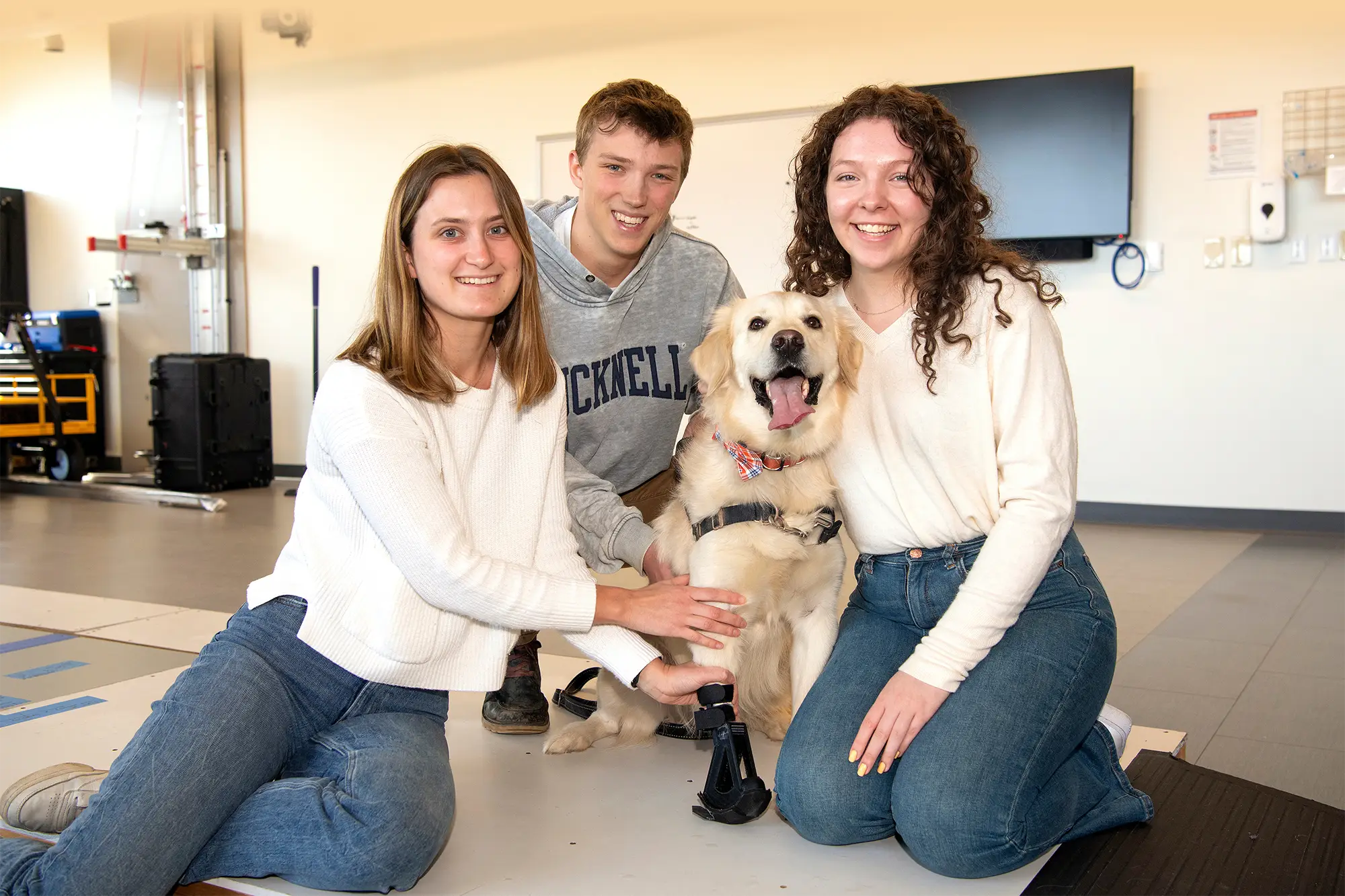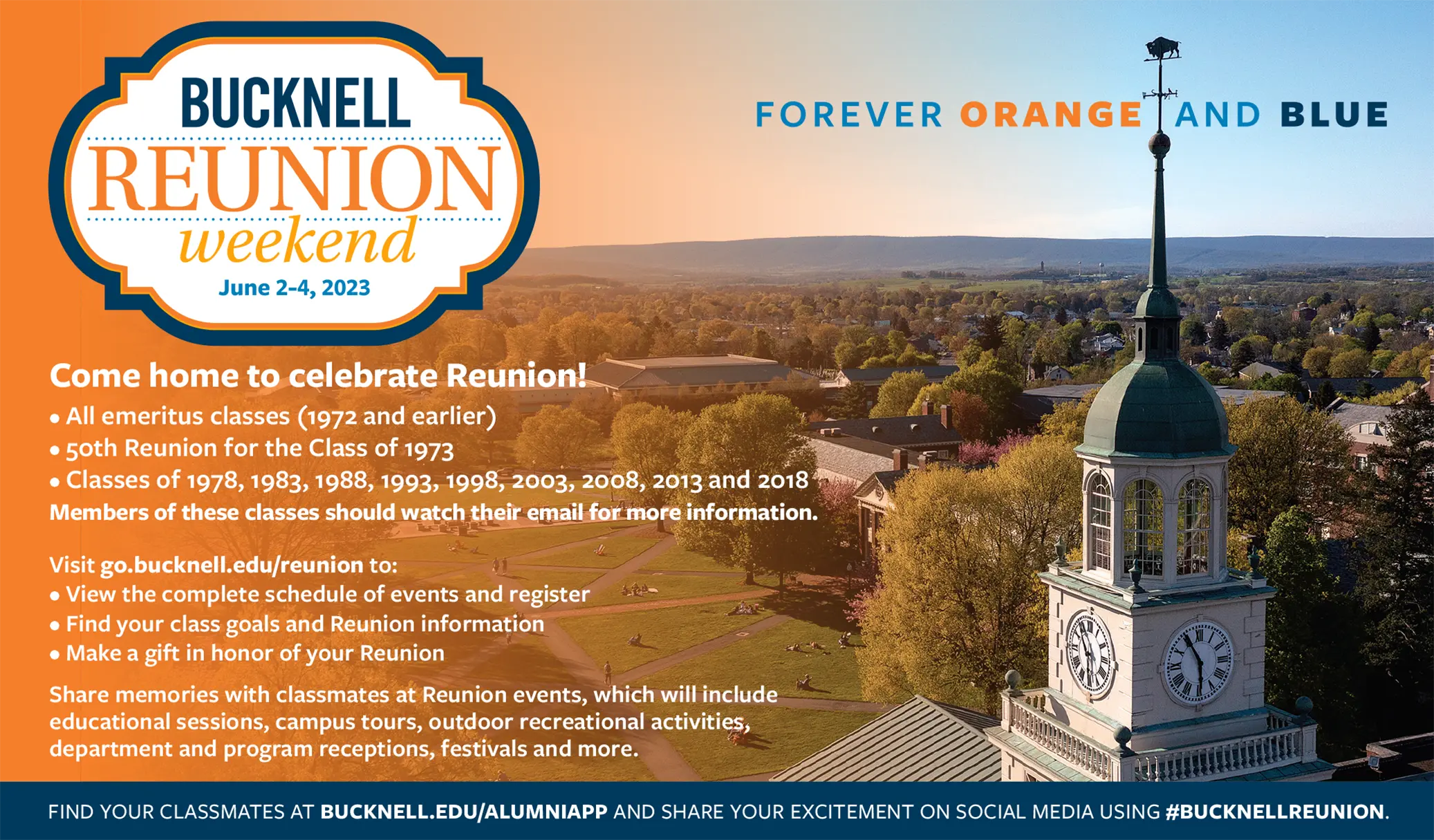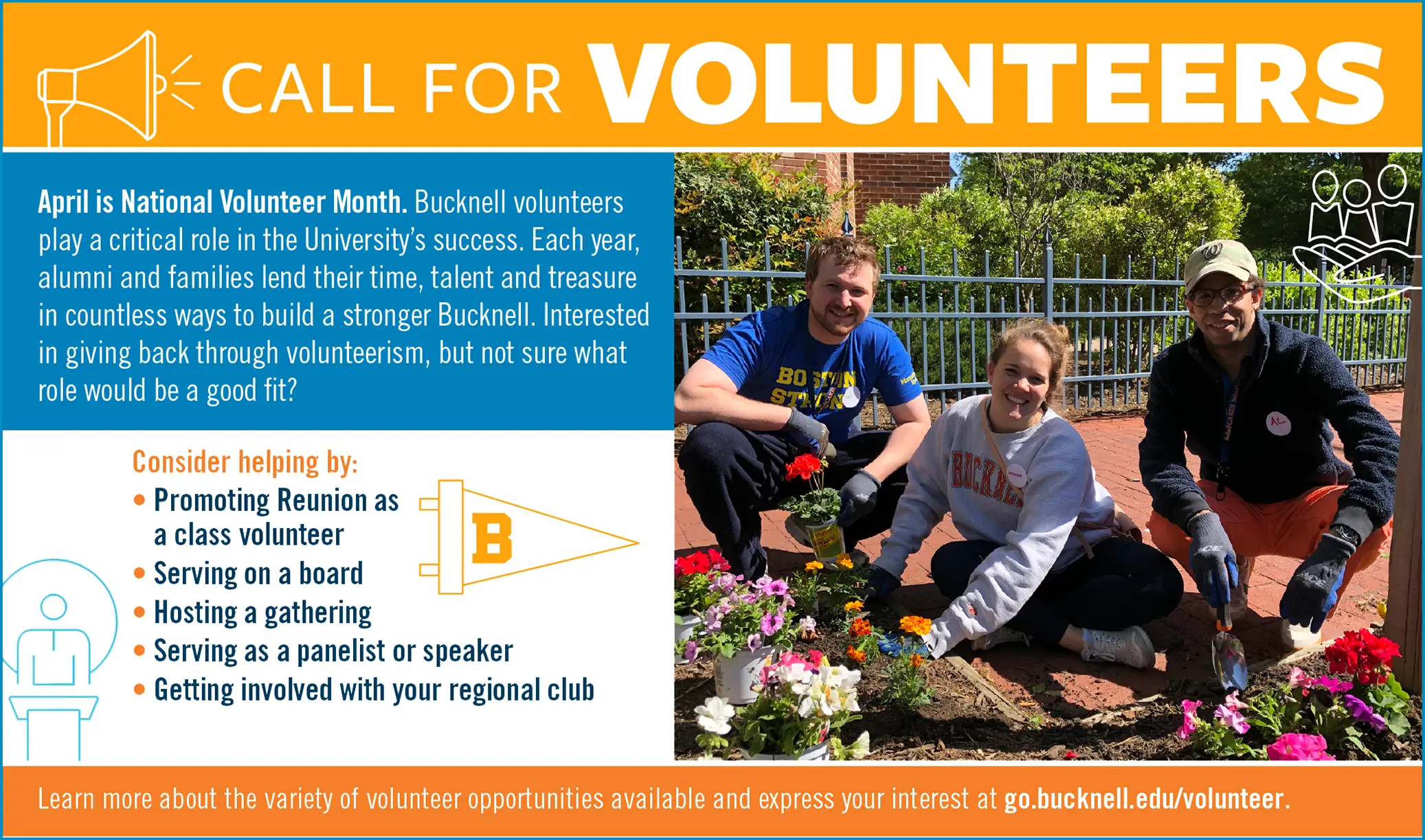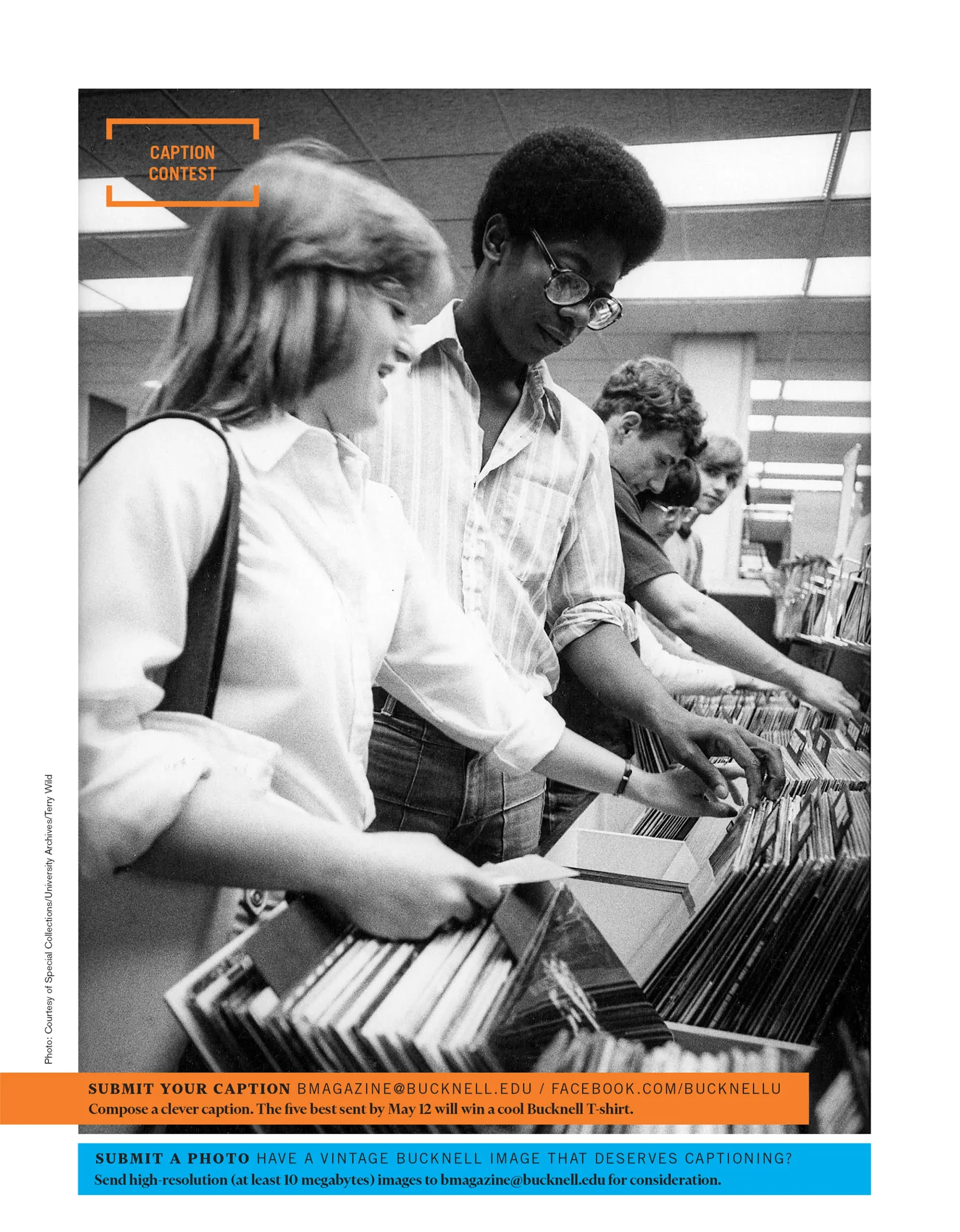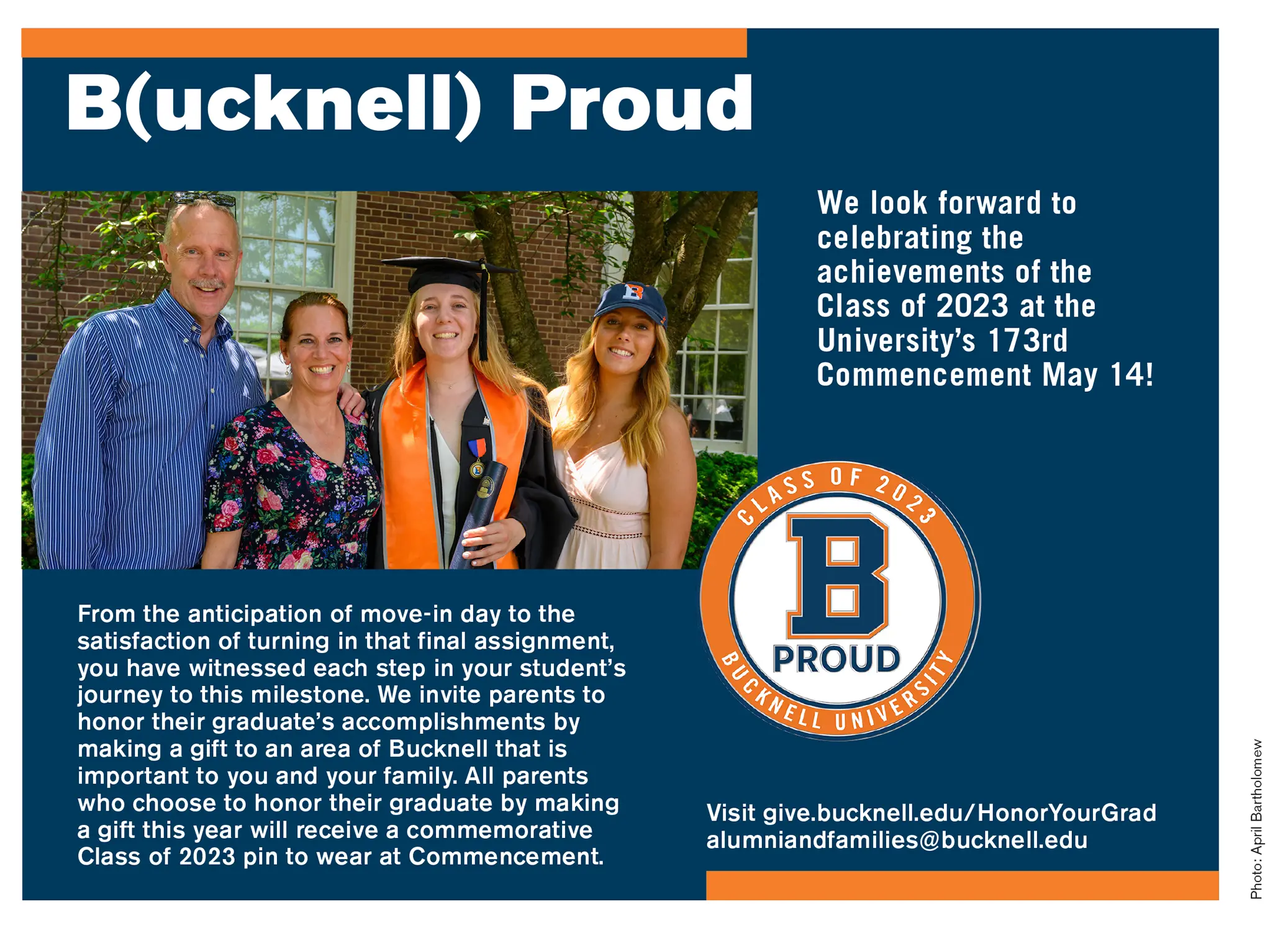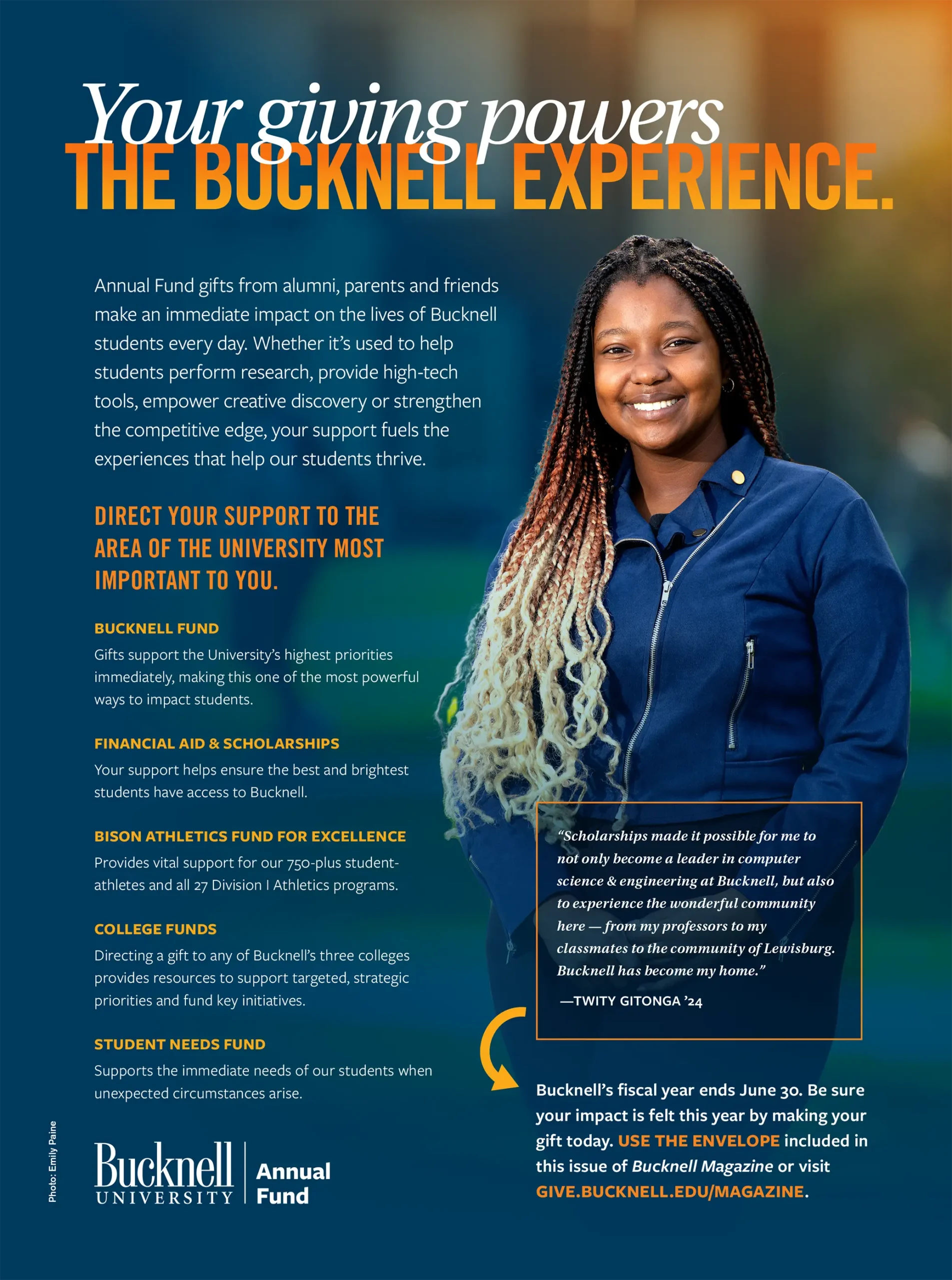BY WAY OF BUCKNELL
Pretty pink cherry blossoms erupt in Lewisburg as nature emerges from hibernation.
If you would like a reprint of this photo, please fill out the form at go.bucknell.edu/PhotoOffer. We will send you a complimentary 8-by-10 print.
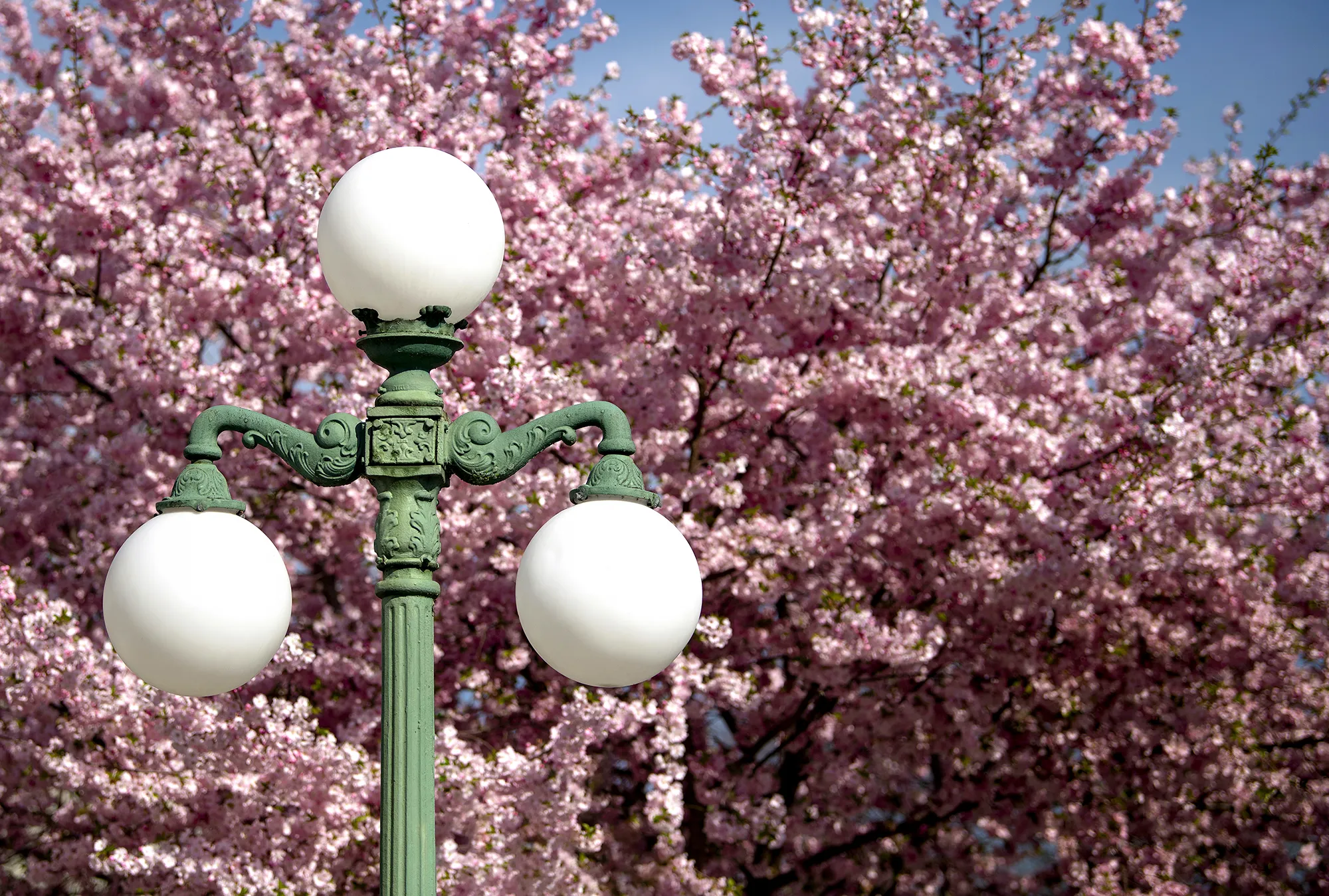
BY WAY OF BUCKNELL
Pretty pink cherry blossoms erupt in Lewisburg as nature emerges from hibernation.
If you would like a reprint of this photo, please fill out the form at go.bucknell.edu/PhotoOffer. We will send you a complimentary 8-by-10 print.
Pathways
by katie williard
Thanks to donor support of the Bucknell Public Interest Program (BPIP), Baker, an international relations and German double-major, participated in an internship program with the U.S. Embassy in Finland. “I’m beyond grateful for the generous stipend from BPIP,” he says. “It made it possible to have this experience — to live near the embassy, commute to my internship, buy food, get to swim practice and live independently for the first time in my life.”
photograph by emily paine
Pathways


Thanks to donor support of the Bucknell Public Interest Program (BPIP), Baker, an international relations and German double-major, participated in an internship program with the U.S. Embassy in Finland. “I’m beyond grateful for the generous stipend from BPIP,” he says. “It made it possible to have this experience — to live near the embassy, commute to my internship, buy food, get to swim practice and live independently for the first time in my life.”
photograph by emily paine
Pathways
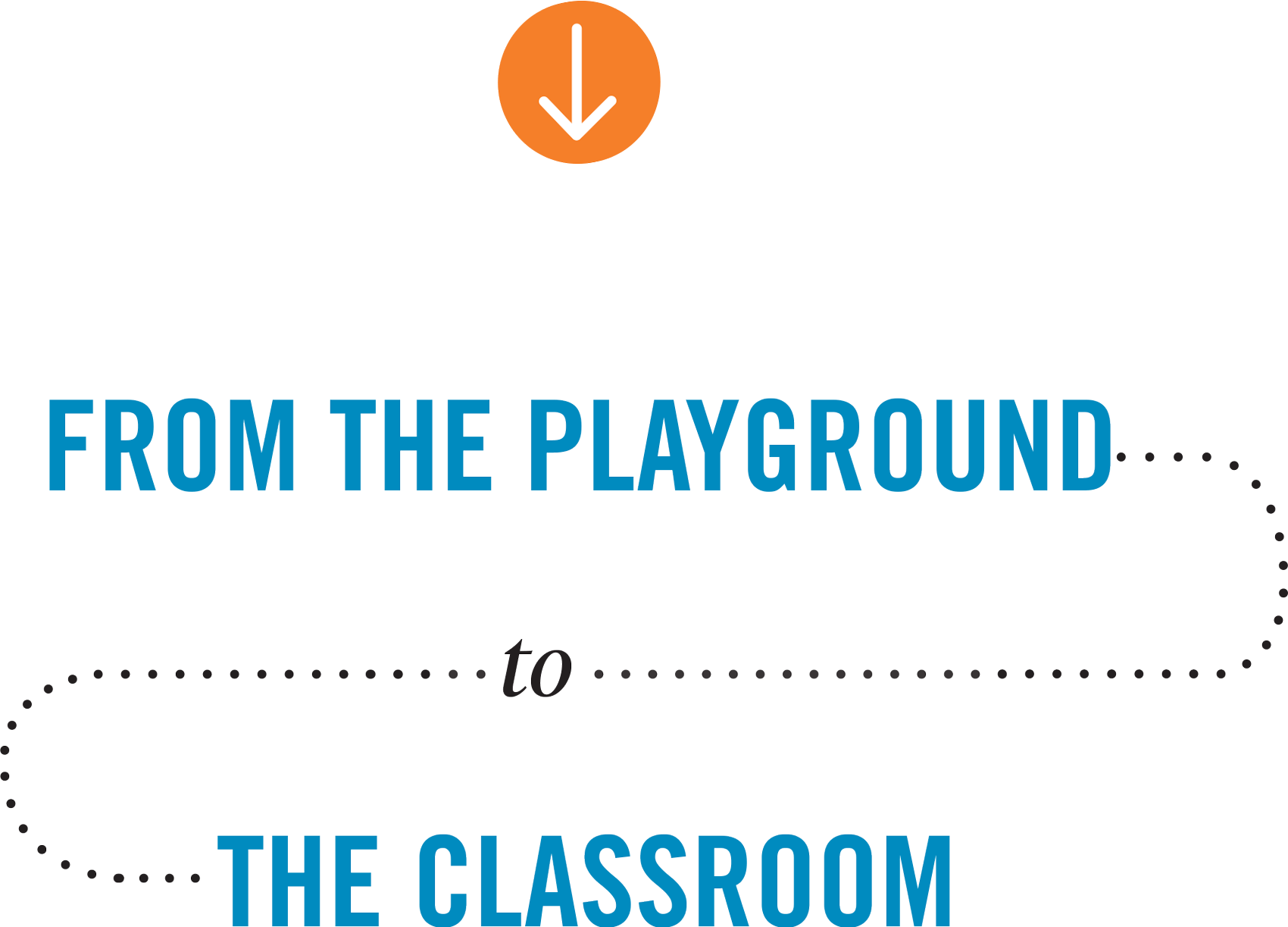
by Brooke Thames
Diego’s products weren’t quick-fix gadgets or utilitarian domestic devices, but entire atmospheres of fun. As a former design strategist at Playworld, an equipment manufacturer in Lewisburg, she led teams in the creation of playground equipment.
“I loved working with children and seeing how those spaces enabled them to explore,” Diego says. “You can’t be so serious when thinking about a design problem. Like children, you have to stay curious.”
Pathways
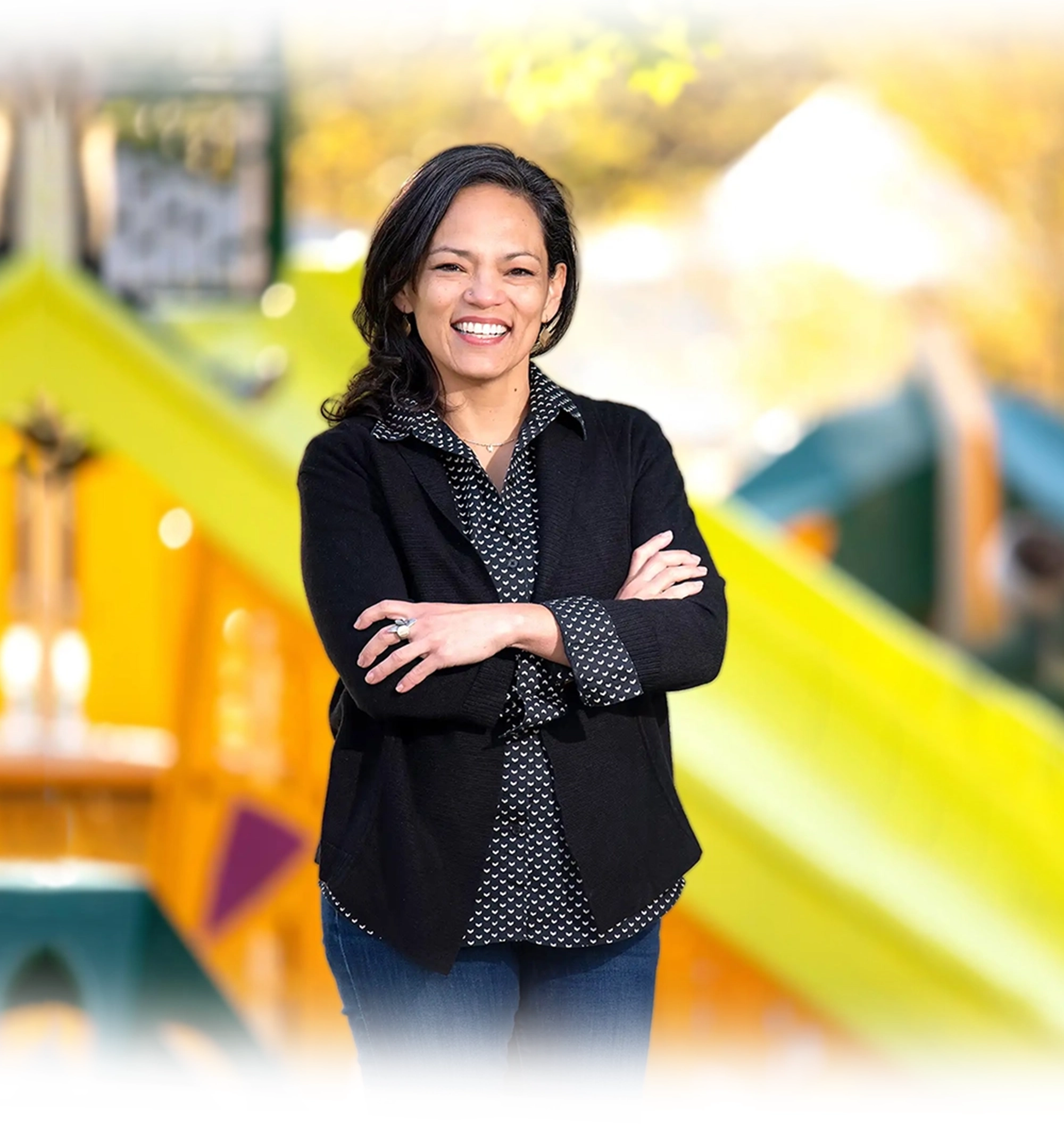

Diego’s products weren’t quick-fix gadgets or utilitarian domestic devices, but entire atmospheres of fun. As a former design strategist at Playworld, an equipment manufacturer in Lewisburg, she led teams in the creation of playground equipment.
“I loved working with children and seeing how those spaces enabled them to explore,” Diego says. “You can’t be so serious when thinking about a design problem. Like children, you have to stay curious.”
Expert Translator
K. CLARKE CRANDELL ’64
J. RONALD “STAR” CAREY ’61
It Took a Village
Bucknell Village was constructed post-war to house married GIs coming to Bucknell on the GI Bill. The central drive branched out right and left with more than a dozen buildings, each three units long. Each apartment (which rented for $25 a month in 1962-63) had a kitchen with laundry hookups, a large living room with a kerosene space heater, two bedrooms and a bath.
I recall the tub (as well as the bathroom itself) slanted away from the drain, so I had to scoop the last water uphill so it would drain. Otherwise, it might freeze overnight in the tub. And, yes, that kerosene space heater was inadequate, challenging and dangerous, but it came with the apartment.
Our appliances were very used models purchased from previous tenants, sold on to the next ones when we left. Picture a refrigerator up on legs with the compressor on top.
The community of residents was wonderful, mostly married students, most with a child and a dog. There was communal gardening and babysitting. There was fencing off the ends of two facing units so six apartments could run their dogs or children safely right out their back doors. All the mailboxes were lined up at the gateway to Route 15, and it was a gathering place for collecting the day’s mail, chatting or talking to the cows who came curiously over from their pasture to check on us.
Both my husband and I were full-time students; therefore, we tried to arrange our schedules so one of us was always home with our daughter. I remember careening downhill on my bike after an early class to hand it off to him to pedal furiously uphill for his next class.
Bucknell Village — with its reasonable cost, the support of students, our garden plot and the local farmers market — made it possible for both of us to continue our education and graduate on time. We remember it fondly and still hear from friends we made there over 60 years ago.
BARBARA “BONNIE” HAWK BARNEY ’63
We were recently at Bucknell showing our grandson the campus, and he commented on how nice the Mods were. What a surprise to read they will be replaced. A bit of nostalgia! Seems like yesterday!
Neal I. Fagin ’61
My Mom, the Rocket Scientist
My mom told me stories about the challenges she faced. She had to get special permission from the dean of students to wear pants instead of a skirt to properly do her lab and fieldwork. She had to face disgruntled male classmates who resented being assigned her lab partner. She had to overprepare for daily lectures because a particular professor was known to call on her at the start of every class; he never singled out male students in a similar fashion. In our conversations, my mom would brush off these instances as the price she paid for being one of the few. “That’s just the way it was,” she said.
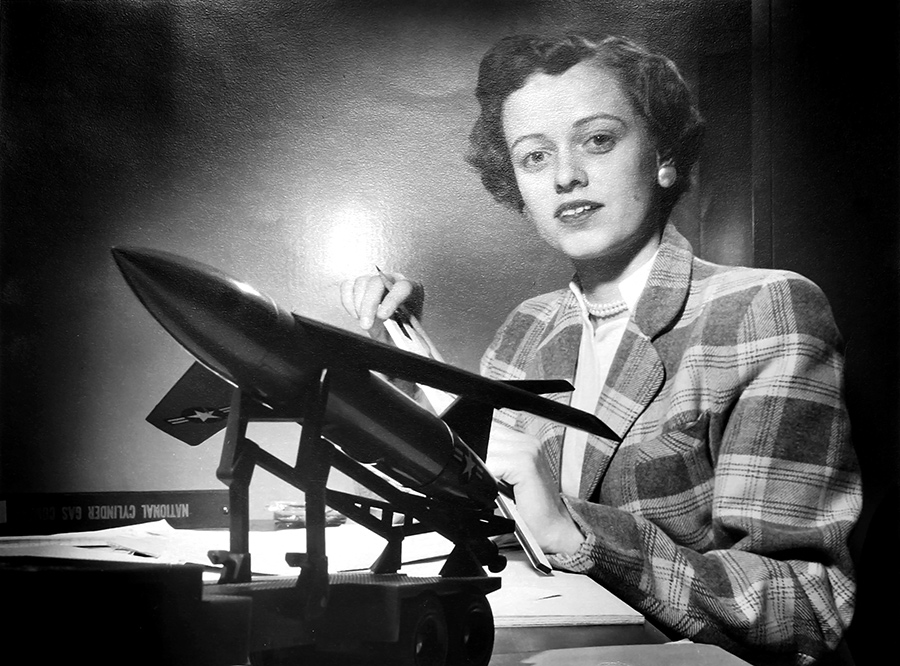
Photo: Courtesy of Lisa Blockus Brown
I am grateful that my mother and the other female students of her generation persevered. They laid the groundwork for generations of women engineers to come. Thank you for honoring these trailblazers by empowering today’s engineering students, surrounding them with role models and equipping them with the skills needed to actualize their career aspirations. There are still ceilings left to break!
Lisa Blockus Brown ’92

Tomorrowland
The features within this issue of Bucknell Magazine explore the idea of the future, specifically the future of our cities. Our world is becoming more city-centric. More than half of the world’s population lives in cities, and urban populations are expected to grow. Cities are on the front lines of critical issues, such as pandemics, climate change and civil rights.
Fortunately, cities are also hotbeds of innovation — places where creative, transformative thinking is embraced, and where opportunities for economic growth, sustainability and social justice live. They are the perfect places to dream up and test solutions that will improve society’s quality of life — from mega-metropolises to tiny towns.
On P. 20, in “Urban Evolution,” you’ll meet Bucknell alumni and faculty who are anticipating and actively preparing for the challenges ahead. They are working across disciplines and geographical regions to champion change in areas of transportation, infrastructure, civic engagement and social justice. The short feature “Circuit City” (P. 30) highlights a recent exhibit at the Samek Art Museum that examined smart cities and the ever-growing role of technology in our lives. Finally, “Leading with Vision — and Heart” (P. 32) tells the story of an alum turned mayor who transformed his once-struggling hometown into a prosperous community bursting with economic opportunity and civic pride.
My hope is that you’ll find this collection of stories insightful, inspirational and thought-provoking. By learning more about Bucknellians who are driving change, perhaps we can all feel more energized and optimistic about tomorrow.
Katie Neitz, editor
k.neitz@bucknell.edu
Table of Contents

Volume 16, Issue 2
Heather Johns P’27
EDITOR
Katie Neitz
CREATIVE DIRECTOR
Barbara Wise
DESIGNERS
Amy Wells
Barbara Wise
PHOTOGRAPHY EDITOR
Emily Paine
DIGITAL EDITOR
Brooke Thames
ASSISTANT EDITOR
Katie Williard
CLASS NOTES EDITOR
Heidi Hormel
EDITORIAL ASSISTANT
Kim Faulk
Contributors
Dave Block
Shana Ebright
Mike Ferlazzo
Matt Hughes
Brad Tufts
Christina Masciere Wallace P’22
Website
bucknell.edu/bmagazine
Contact
Email: bmagazine@bucknell.edu
Class Notes:
classnotes@bucknell.edu
Telephone: 570-577-3611
Bucknell Magazine
(ISSN 1044-7563), of which this is volume 16, number 2, is published in winter, spring, summer and fall by Bucknell University, One Dent Drive, Lewisburg, PA 17837. Periodicals Postage paid at Lewisburg, PA and additional mailing offices.
Permit No. 068-880.
Circulation
49,000
Postmaster
Send all address changes to:
Office of Records,
301 Market St., Suite 2
Bucknell University, Lewisburg, PA 17837
© 2023 Bucknell University
Please recycle after use.
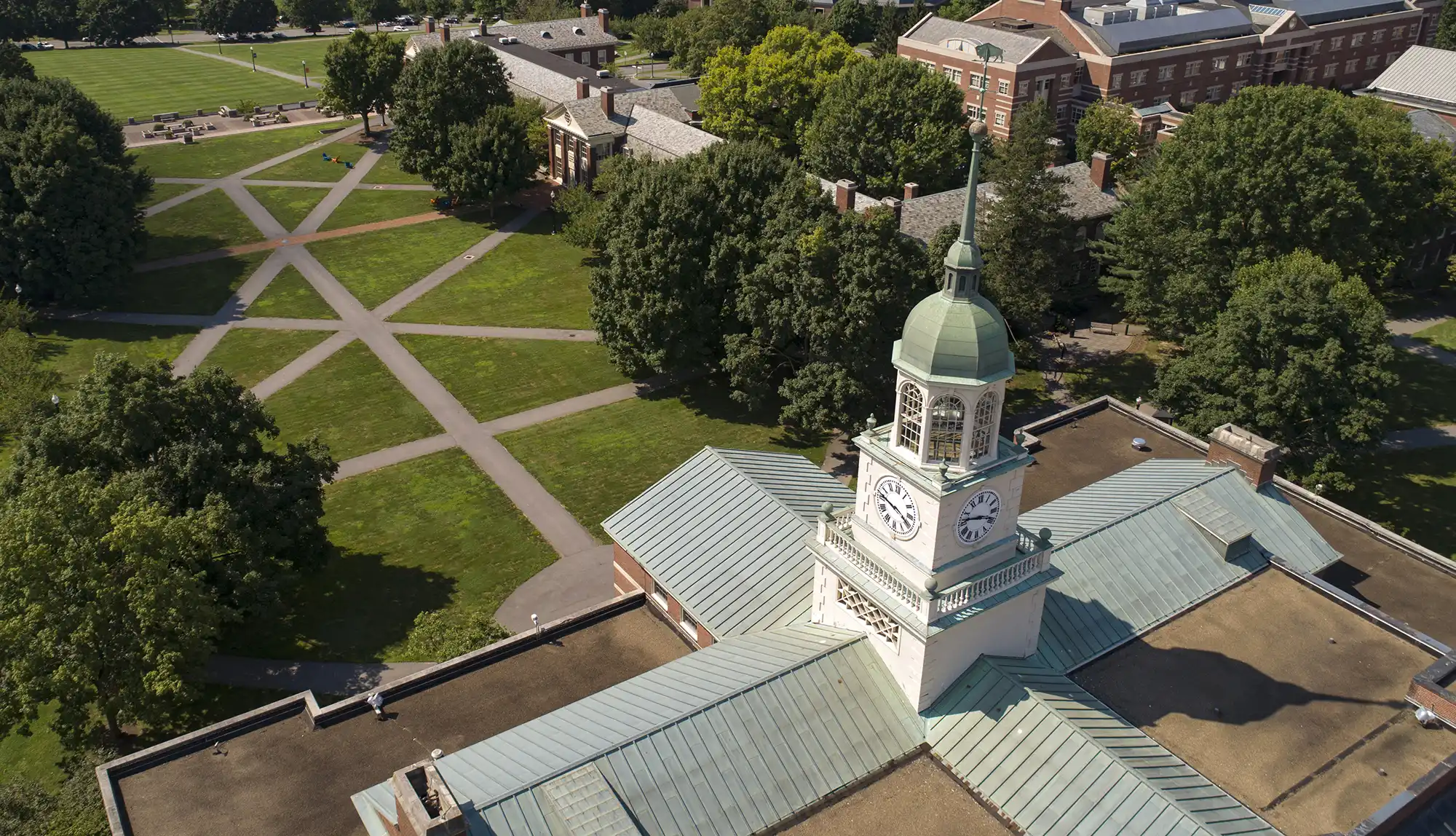
Transforming Access
The center, which is scheduled to be fully operational by fall 2023, will focus on students from Bucknell’s pathway scholarship programs: The Gateway Scholars Program, The Charles T. Bauer Scholars Program, The Posse Scholars Program, The Langone and Langone-Walling Scholarships, and The Bucknell Community College Scholars Program.
News Ticker
BRIGHT MINDS
For the second straight year, Bucknell was named a top producer of Fulbright Scholars by the U.S. Department of State’s Bureau of Educational and Cultural Affairs. Recent awardees Professor Emily Martin, music, and Diane Jakacki, digital scholarship coordinator, are pursuing international research projects as part of the prestigious program.
HEAVYWEIGHT
READY FOR A ROUND?
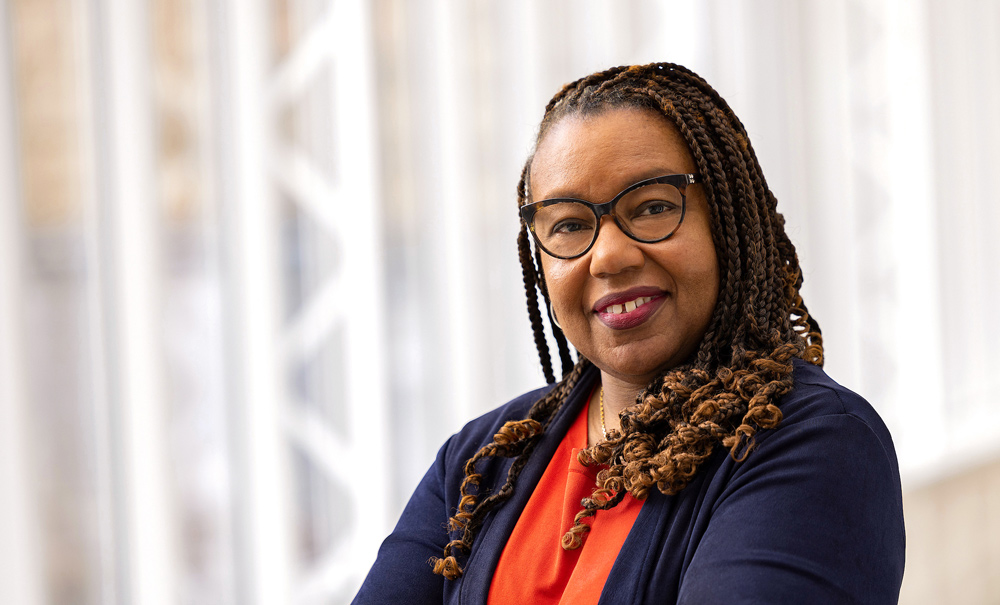
‘Equity is Everyone’s Work’
Edghill-Walden has more than 30 years of higher education academic leadership experience. She has served in her current position at NIU since June 2020, and also served as interim chief human resources officer for a year during that tenure. She previously served at NIU as senior associate vice president for academic diversity and chief diversity officer for five years.
“I am thrilled that Dr. Edghill-Walden is returning to lead us in the area of equity and inclusive excellence, particularly since she played such a significant role in that area as a student leader,” says President John Bravman. “She brings a vast amount of academic leadership experience, and we look forward to her guidance as we address key strategic goals in equity and inclusive excellence.”
’burg and Beyond
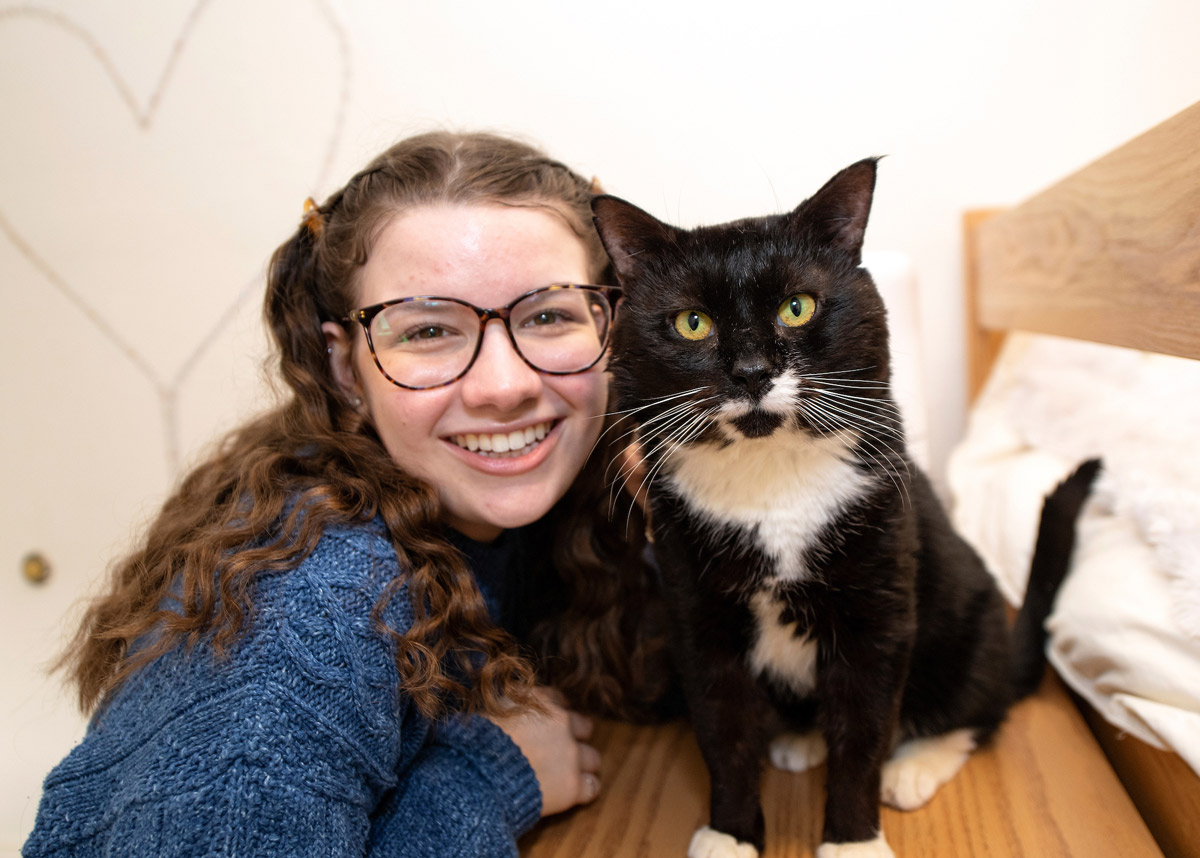


Lewisburg, Pa.
Members of Bucknell’s Animal Rescue Club are actively preparing for “kitten season” — the period from April to October when community cats give birth to litter after litter of kittens. While “kitten season” may sound innocent, it’s actually hazardous. Unspayed cats can birth 180 kittens over their lifetime, according to the SPCA, and the resulting overpopulation increases animal suffering and mortality. In addition, the local ecosystem suffers as outdoor cats excessively prey upon small mammals and birds. Club president Evelyn Pierce ’25, a lifelong animal lover, is taking action to help humanely reduce Lewisburg’s stray population.
What They’ve Done
Bucknell students formed the Animal Rescue Club in spring 2022 under the leadership of Raleigh Singer ’22. Club members initially set up feeding stations equipped with trail cameras around campus so they could watch and track hungry visitors. Cats deemed social and eligible for adoption (usually kittens) were placed into foster homes and eventually into forever homes. Students in off-campus housing and faculty members were regular fosters. Cats that weren’t up for the transition to indoor life were trapped, neutered or spayed at a local shelter, and released, a process referred to as TNR.
’burg and Beyond
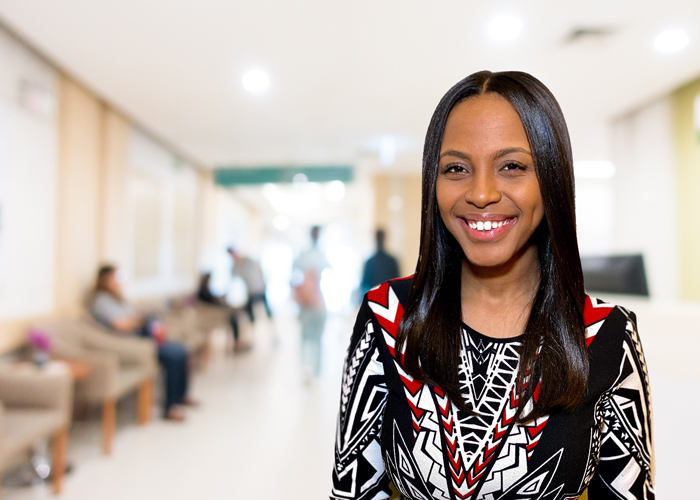

Beltsville, Md.
When Mahder Etuma ’16 was a teenager, her aunt suffered a serious brain injury in a car accident. As she watched her aunt gradually make a full recovery, Etuma gained an appreciation for health care and a fascination with the miraculous healing power of the brain. It’s what inspired Etuma to become a neuroscience major at Bucknell and what then led her to Walter Reed National Military Medical Center to research post-traumatic stress disorder (PTSD). Today, it’s what fuels her work ensuring people with intellectual and developmental disabilities receive proper care in Beltsville, Md.
What She’s Doing
Etuma is a program coordinator with Frontline Community Services, a nonprofit dedicated to serving patients who have struggled to receive adequate care from traditional medical facilities. “We are here to help people who need specialized care, often those who have been left behind by other programs,” Etuma says. “Some of our patients are dealing with mental health challenges like PTSD and schizophrenia, or they are survivors of childhood trauma and abuse.”


Jake Tapper Discusses Polarization, Disinformation at Bucknell Forum
These were the prevailing themes of the Nov. 30 Bucknell Forum discussion between President John Bravman and CNN anchor and chief Washington correspondent Jake Tapper, held in the Weis Center for the Performing Arts.
A staple figure at CNN, Tapper anchors a two-hour weekday program, The Lead with Jake Tapper, in addition to co-hosting CNN’s Sunday morning show, State of the Union. In April 2021, he became CNN’s lead anchor for Washington, D.C., coverage.
During the hourlong question-and- answer session on “The State of American Democracy,” the careerlong journalist shared his perspective on the prevalence of disinformation and conspiracy theories in the political landscape.
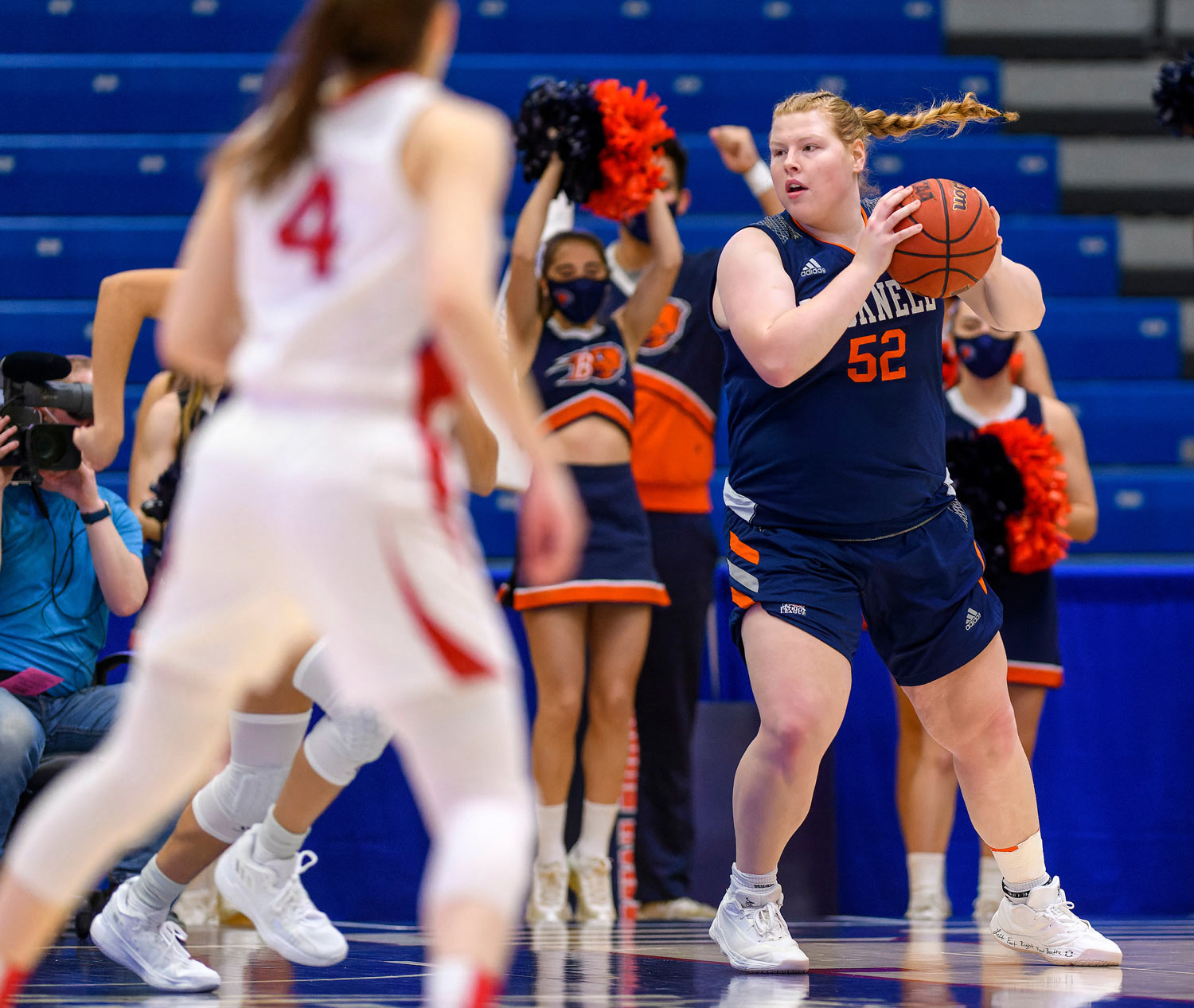

Holding Court
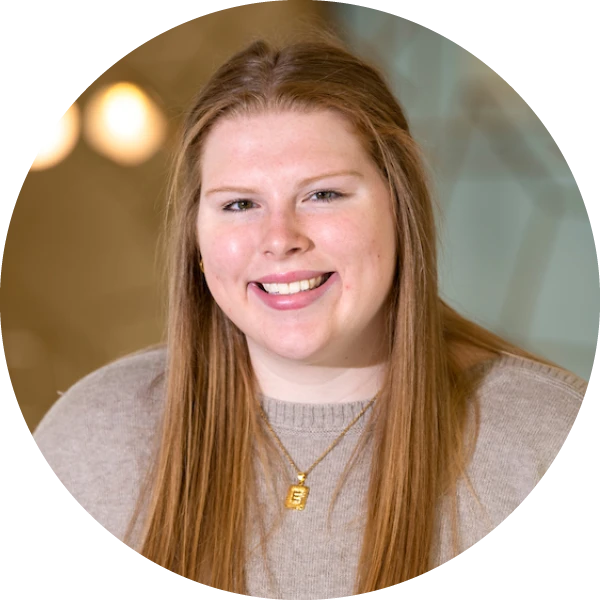
Despite being raised in a Bucknell household, Shaffer grew up near Cincinnati and didn’t visit the campus until her junior year of high school when Bucknell’s basketball team began recruiting her.
Shaffer has been a standout player since at least the sixth grade, when she led her team to an Amateur Athletic Union national championship. As her squad defeated teams from as far away as Alaska, colleges began to take notice.
Bucknell offered Shaffer more than just the chance to play Division I sports. Shaffer recognized that Bucknell’s academic opportunities would prepare her for an array of careers once her time on the court ended.
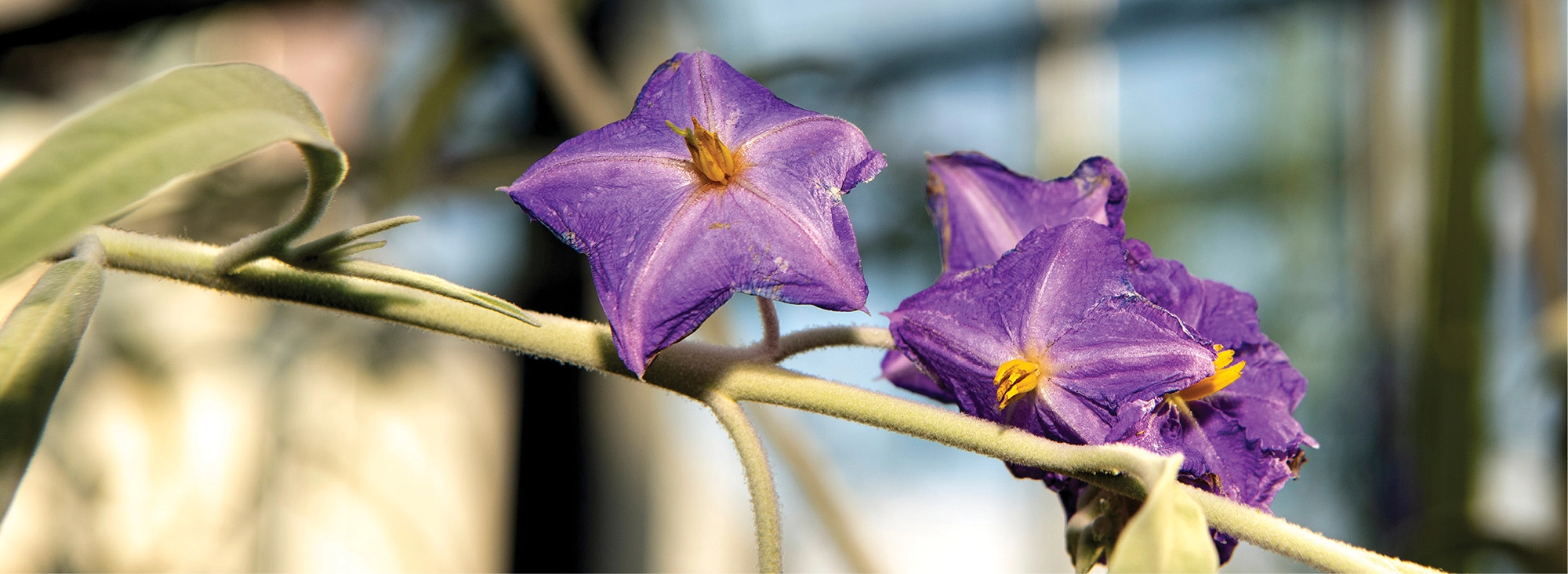
BOTANICAL BUZZ
A Rare Find
While walking through Australia’s remote Outback in 2019, Bucknell biologists spotted an unusual plant. Further study revealed that it was a new, undocumented species of an Australian bush tomato.
The discovery: Chris Martine, David Burpee Professor in Plant Genetics & Research, first found the plant with colleagues on a trip to Judbarra National Park in 2019. Back in Lewisburg, Martine gave seeds collected from the specimen to Tanisha Williams, Richard E. and Yvonne Smith Post-Doctoral Fellow in Botany, and Jonathan Hayes ’21, who led in the care and study of the offspring used to confirm the new species.
The find: Martine happened upon the exotic plant along a steep trail near a set of stone steps. Inspired by that spot and the ladder-like prickles that adorn the plant’s flowering stems, he and his colleagues selected the name Solanum scalarium. In Latin, “scalarium” translates to “ladder,” “staircase” or “stairs.” Solanum is the largest genus in the nightshade family and includes potatoes, eggplants and tomatoes.
The Responsible Management Revolution
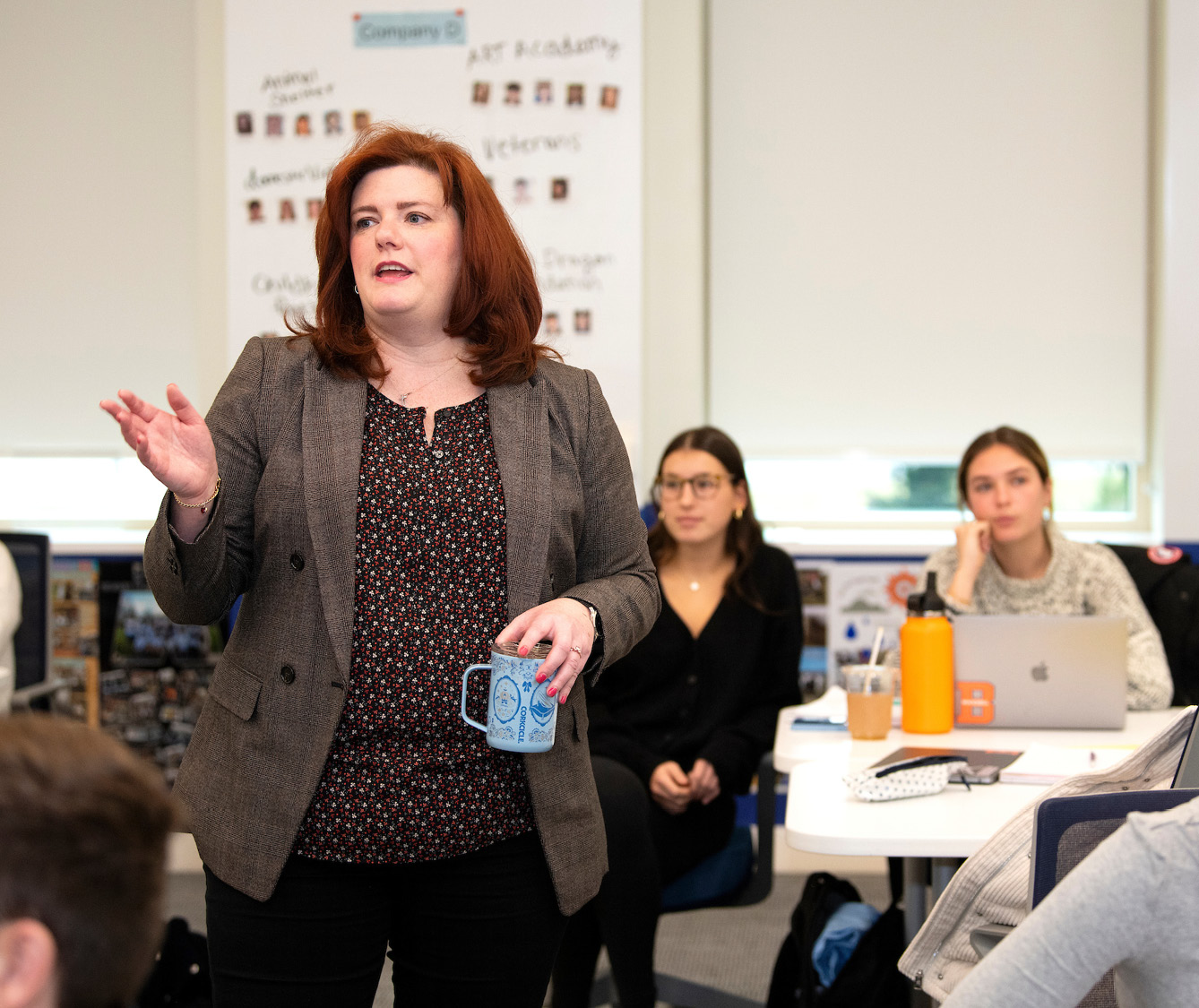

UPON ENTERING BUCKNELL, it doesn’t take students long to learn what differentiates the Freeman College of Management from traditional business schools. An emphasis on ethics, sustainability and equity permeates the entire curriculum — from the signature Management 101 course to classes on tax law.
Since its inception, the Freeman College has worked to integrate these ideals throughout its many majors, taking cues from a set of values and goals established by the United Nations. Founded in 2007, the UN’s Principles for Responsible Management Education (PRME) initiative seeks to transform the future of global enterprise by positively shaping the skills and mindsets of today’s business students.
“One of the noblest questions of our existence today is, ‘How do we balance self-interest and the common good?’ ” says Professor Neil Boyd, management & organizations, who helped introduce PRME to the College. “The answer lies in our ability to recognize that organizations don’t simply exist for the creation of wealth. Our students must expand their focus beyond financial prosperity to include economic justice, social development and environmental protection.”

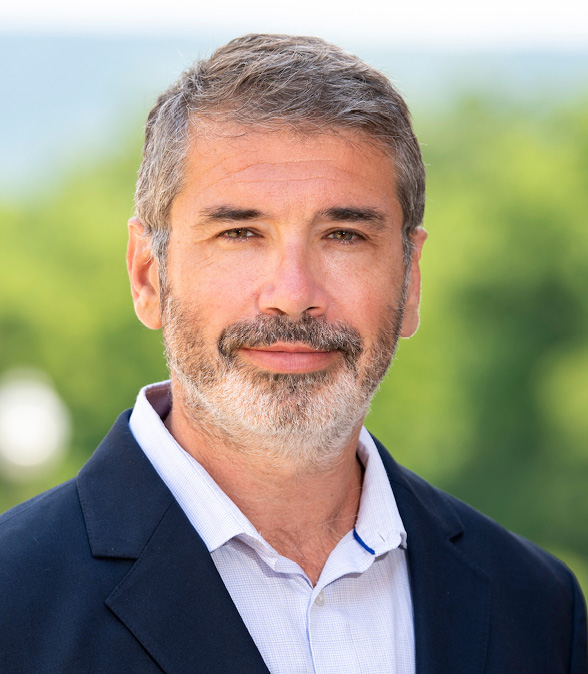
PAYING THE PRICE
Professor Matías Vernengo, economics, first became aware of inflation as a child in Argentina. During the 1980s and ’90s, the inflation rate in his native country soared to more than 1,000%. As a teen, he read a book that opened his eyes to the symbiotic relationship between developed and underdeveloped countries: One prospers at the sacrifice of the other. It sparked his interest in economics. Today, he is a macroeconomist with a special interest in developing countries and the history of economic ideas. Here, he shares insights on the disruptions impacting the global economy.
Q: What is the root cause of today’s high inflation rate?
Q: What impact did the U.S. government’s actions have?
More Than A Magazine
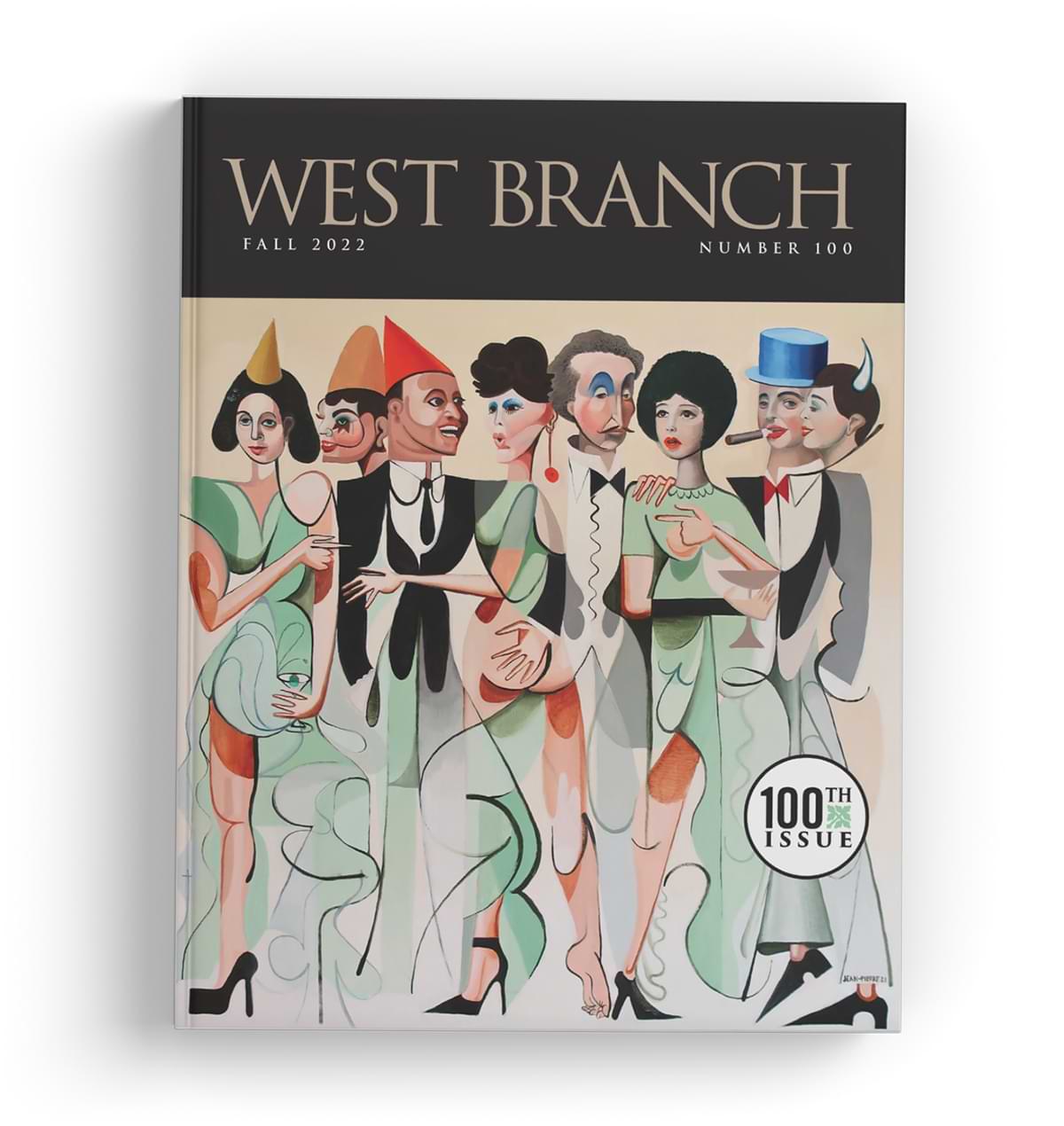
Cover images courtesy of West Branch

o mark a significant milestone — the publication of its 100th issue — the editors of West Branch, Bucknell’s professional literary journal, considered taking a unique approach. Perhaps they should establish a thematic thread that would run through each poem, short story, essay and review. Or perhaps they should honor the esteemed writers and editors of previous eras by curating a sampling of their works into a special anthology.
In the end, West Branch editors decided the 100th edition shouldn’t deviate from what the publication has done so well over its 45-year history — present a collection of beautifully written pieces that convey diverse ideas from a variety of perspectives with artistic flair. From a short story about unrequited love and heartbreak to a poem eulogizing the life of a honeybee, to an essay examining the author’s fixation with George Harrison’s “My Sweet Lord,” the fall issue of West Branch is a collection of expansive, compelling literary writing.
West Branch was cofounded in 1977 by co-editors and Professors of English Robert Love Taylor and Karl Patten as a semi-annual publication. In 1988, when Bucknell’s Stadler Center for Poetry & Literary Arts was established to support writers and foster an appreciation for the literary arts, West Branch became integral to the Center’s mission. Eventually, the publication increased frequency to three times a year and launched a companion digital edition.

The Art of the Long Game
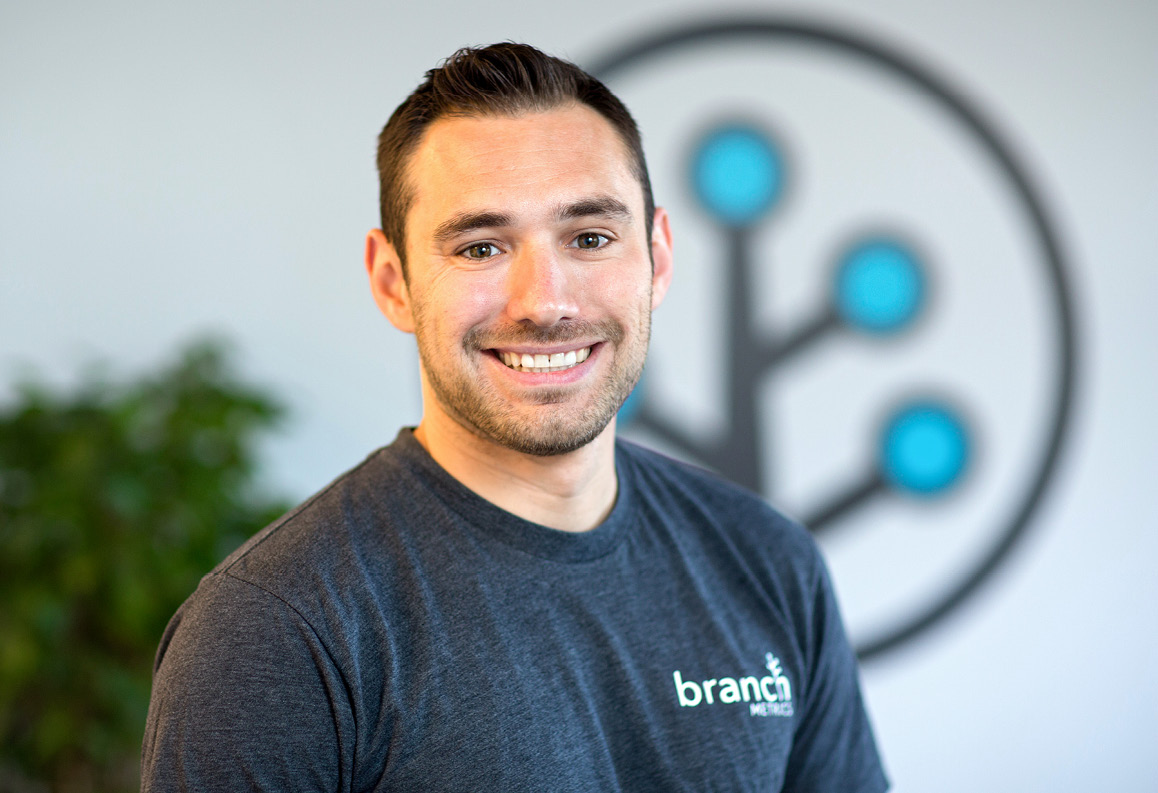
 After building a tech company from scratch, Mike Molinet ’07 is experiencing his long-awaited payout. He spent nearly a decade pursuing and refining his vision for Branch, a mobile linking platform that helps businesses ensure customers have a seamless user experience across devices. Appearing on campus this April as the Freeman College of Management’s 2023 Walling Lecturer, Molinet offers insight on how to thrive in the long game.
After building a tech company from scratch, Mike Molinet ’07 is experiencing his long-awaited payout. He spent nearly a decade pursuing and refining his vision for Branch, a mobile linking platform that helps businesses ensure customers have a seamless user experience across devices. Appearing on campus this April as the Freeman College of Management’s 2023 Walling Lecturer, Molinet offers insight on how to thrive in the long game.Features
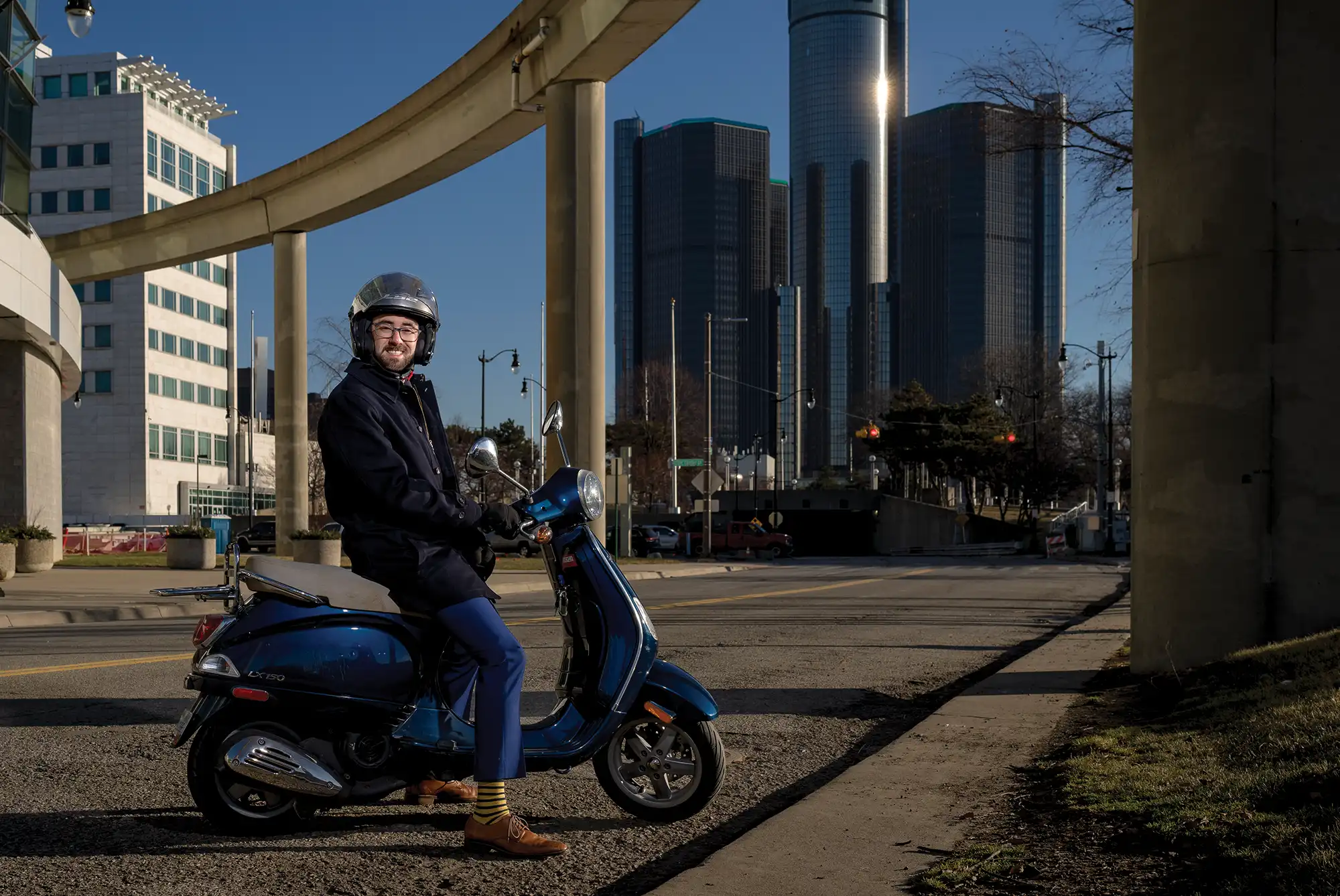
Urban Evolution

Urban Evolution


Turning this utopian ideal from wish to reality may seem like, well, wishful thinking. But there are no better places to dream big — and make big changes — than in our cities.
According to the United Nations, 55% of the world’s current population lives in urban areas, and that number is projected to rise to 68% by 2050. “Cities are engines of growth — people move to them to get better life opportunities,” says Professor Ritwika Biswas, geography. “But our society remains unequal. If we really want to restructure society and address those inequities, our starting point has to be cities.”
TOMORROWLAND
At the Samek, the miniature metropolis covered an expansive 12-by-48-foot space. Director Richard Rinehart said the experience reminded him of a toy train model built on the set of Blade Runner.
Circuit City
Digital metropolis exhibit asks Samek visitors to consider their existence in a big-data society
photograph by EMILY PAINE
The tension that lies between those worlds is where The Nemesis Machine lives. The thought-provoking exhibit made its U.S. debut at the Samek Art Museum, where it attracted Bucknellians and community members from January through March.
It’s the creation of Stanza, an award-winning British artist who specializes in installations, sculptures and paintings that examine technology and surveillance culture. For The Nemesis Machine, Stanza constructs a scale-model cybernetic cityscape out of silicon and circuit boards.
During this photo shoot, several locals stopped Michael Lombardo ’86, M’88, on the street to express gratitude and appreciation for the mayor’s work.
TOMORROWLAND
Leading
with Vision –
& Heart
Michael Lombardo ’86, M’88 has transformed a once-distressed small town into a vibrant, prosperous community that bursts with civic pride and admiration for its homegrown mayor. For Lombardo, it’s all been a labor of love.
photographs by Douglas Kilpatrick
TOMORROWLAND
During this photo shoot, several locals stopped Michael Lombardo ’86, M’88, on the street to express gratitude and appreciation for the mayor’s work.
Leading
with Vision – & Heart
Michael Lombardo ’86, M’88 has transformed a once-distressed small town into a vibrant, prosperous community that bursts with civic pride and admiration for its homegrown mayor. For Lombardo, it’s all been a labor of love.
by Bryan Hay
photographs by Douglas Kilpatrick

n idyllic Frank Capra-esque winter scene of Pittston, Pa., with a cherry-red streetcar passing by a bustling Main Street dotted with storefronts, theatres and bank buildings is captured in a painting that occupies prominent wall space in the office of Mayor Michael Lombardo ’86, M’88.
“That piece serves as a reminder of Pittston’s heyday and as a source of inspiration for future possibilities,” he says of his hometown, which lies along the Susquehanna River between Scranton and Wilkes-Barre in northeastern Pennsylvania.
Lombardo has orchestrated an urban revival in this 1.7-square-mile city of about 7,500 people, many of them descendants of anthracite miners and garment industry workers. From the moment you turn onto Main Street from any of the alleys coming from the residential areas of town, the heart of Pittston spills open like a movie set.
Where ghostly, abandoned warehouses and shuttered storefronts scarred the business district just 20 years ago, a vibrant Main Street corridor has taken shape with restaurants, retail establishments, residential units, colorful murals of Pittston’s heroes and icons, and public artwork by local artists. One of Lombardo’s many stretch goals is to have more public art per square inch in Pittston than any other city in the country.
'ray Bucknell

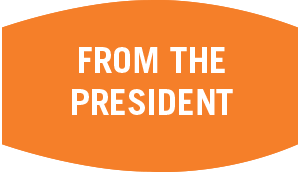
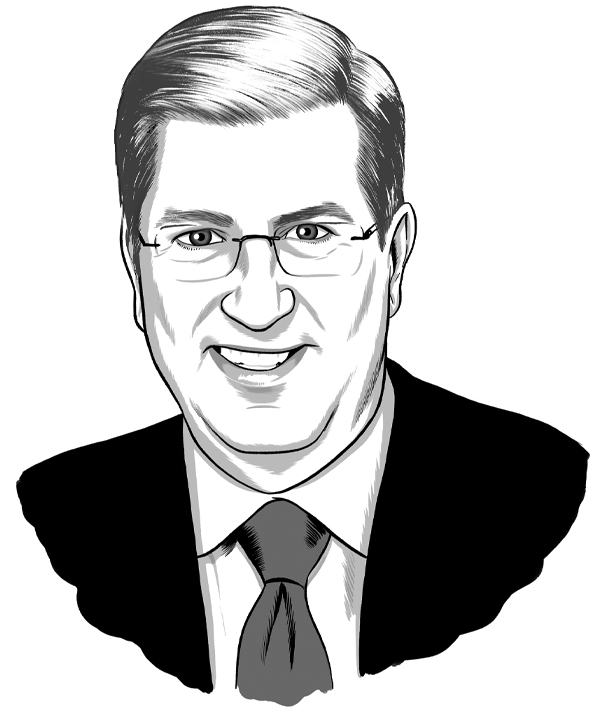
The Right Help at the Right Time
It didn’t take long after my arrival at Stanford to discover that I was no longer the smartest kid in the room. After years of acing my classes while rarely cracking a book, I found myself surrounded by better-prepared classmates who also knew how to study. It was devastating, and being so far away from my family made things even worse.
But in my sophomore year, I took a course with a professor who changed my life. Buoyed by his guidance and encouragement, I switched my major to his field, where I thrived. He became my undergraduate adviser, and later my doctoral adviser, and then my colleague on the faculty — and we remain close to this day.

Community Charms and Challenges
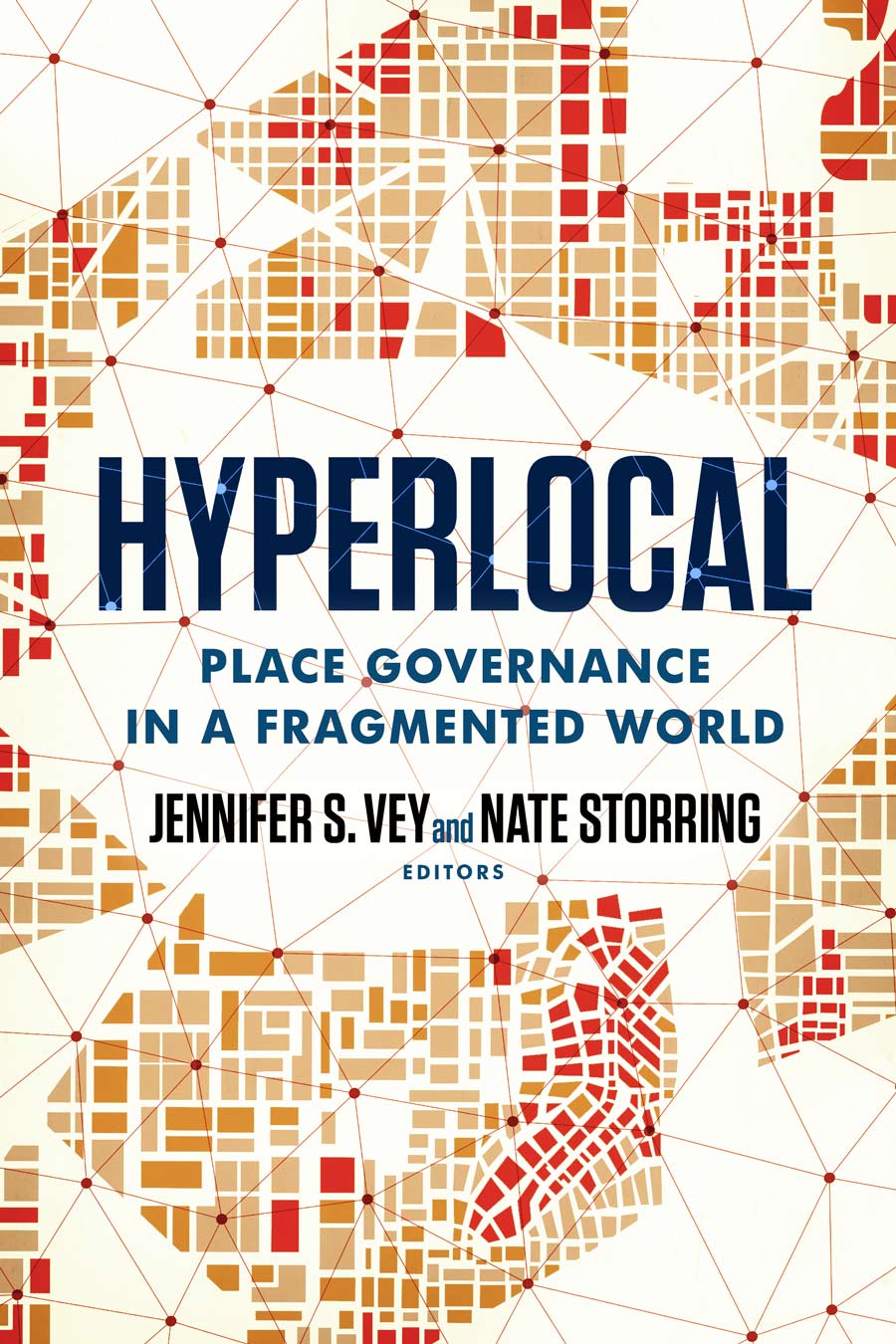
These idyllic streetscapes could be an authentic representation of community pride, but the emergence of place-based groups — like a Main Street organization or business improvement district — could also be behind the curation of the look and feel that draws you in and, ultimately, helps those working and living in that area thrive.
“These groups can be both efficient and effective at tackling place-based challenges and promoting economic development in urban, rural and even suburban areas,” says Jennifer Smolko Vey ’93, a senior fellow and director of the Anne T. and Robert M. Bass Center for Transformative Placemaking at the Brookings Institution. “But for as many benefits as these organizations provide, they can also be controversial: Some believe they can exacerbate disparities between communities.”

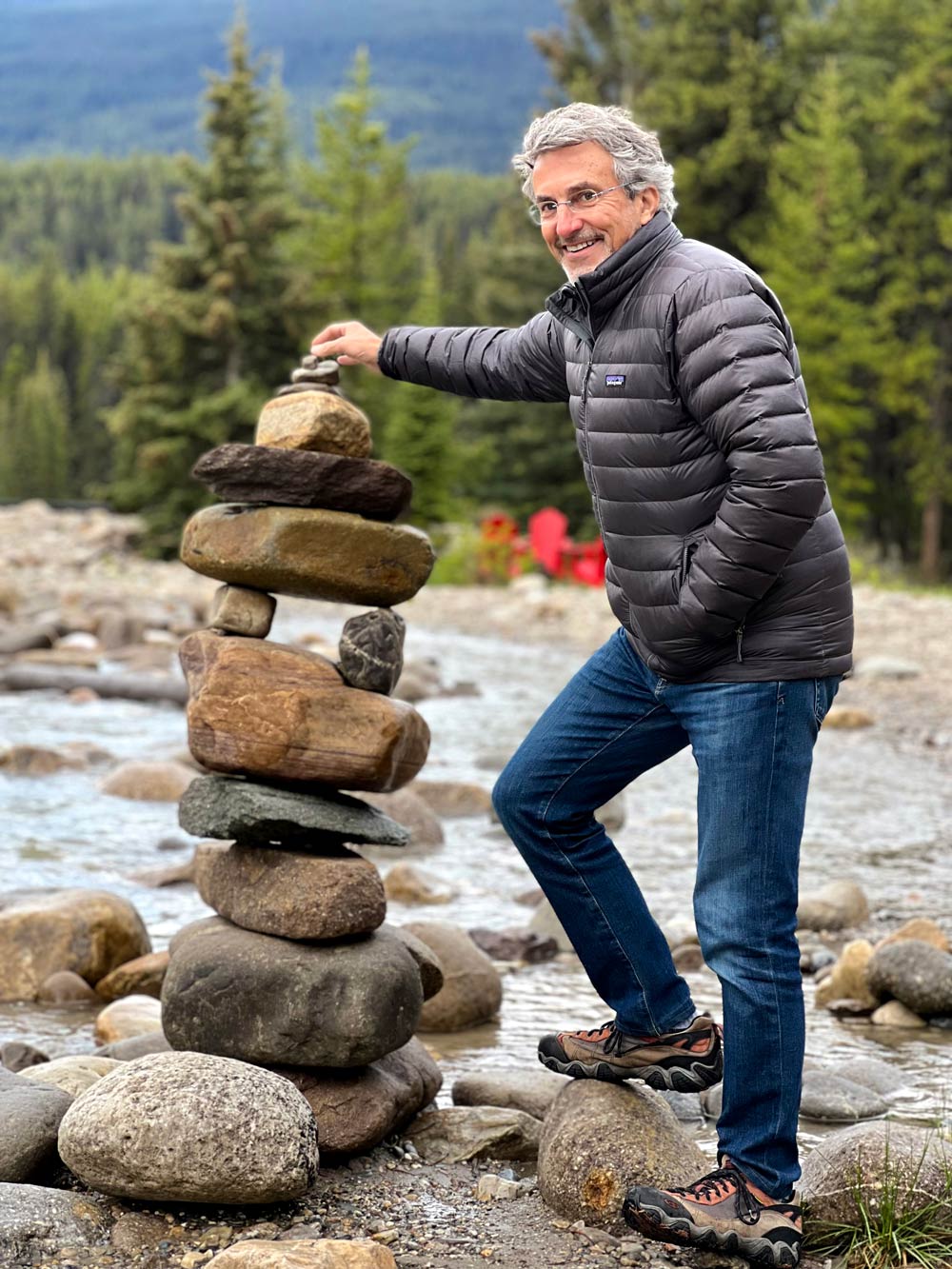
Runnin’ Down a Dream
As the founder and CEO of RunSignup, an online registration platform for endurance and peer-to-peer fundraising events, Bickel says his entrepreneurial mindset was cultivated logging miles on the rural roads surrounding Lewisburg.
Under the guidance of cross-country coach Art Gulden P’03, P’05, Bickel and his teammates tallied “5 and 10s” — 5 miles each morning, 10 miles each afternoon. Bickel says the experience shaped who he would become, and was the second-most influential thing that happened to him at Bucknell. (The first: meeting Marlise Reinhold Bickel ’79.)
After graduation, the electrical engineering major became a software engineer for various tech startups through the 1980s and ’90s. In the 2000s, he came to a career crossroads while working for Hewlett-Packard. Bickel had to lay off 600 employees, including himself. “It was a big emotional moment for all of us,” he says. “I asked myself, ‘What do I want to do with my life?’ ”
PROFILE
A Noble Cause
Scott Uebele ’00 helps see to it that those protections remain at the forefront of medical research. In his role as chief operating officer at Advarra, he is responsible for strategy and operations for review services, including its institutional review board (IRB) work, the flagship function of the company. “It’s human research protection,” he says. “If you’re involved in clinical research, you have to agree to be a willing participant.” The IRB oversees all facets of documentation and provides proof that the guiding principles set by the Belmont Report are being upheld: respect for persons, beneficence and justice.
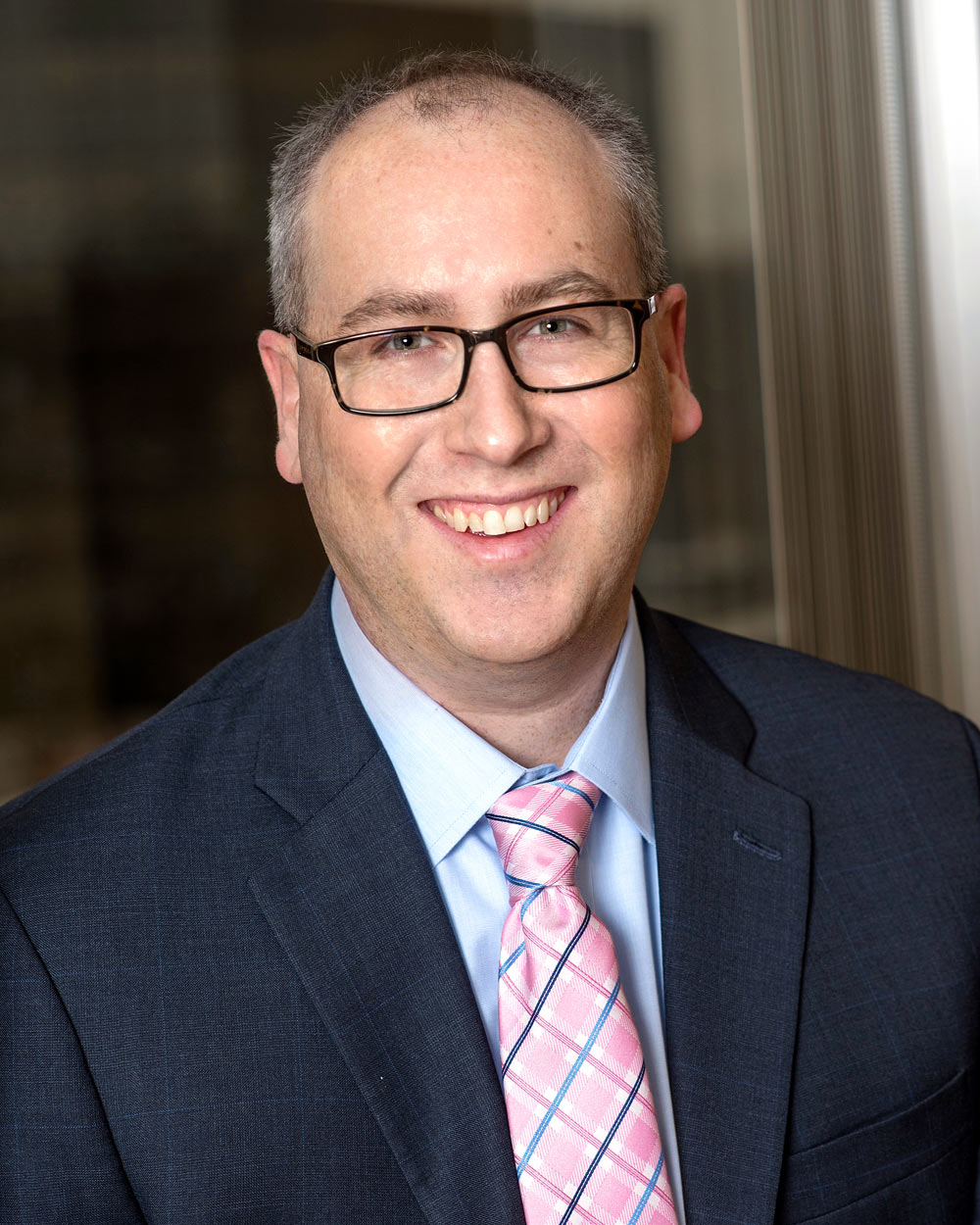
PROFILE
Well-Told
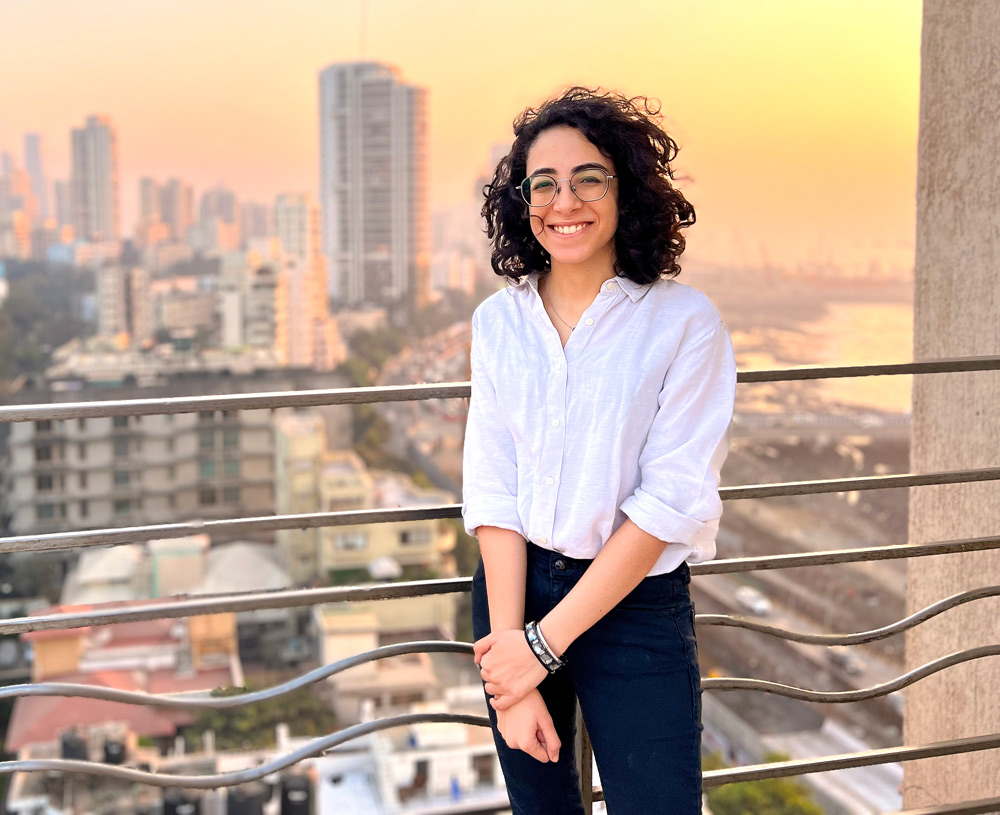
PROFILE
Engineering Creativity
Haile is a senior manufacturing engineer at TE Connectivity in Harrisburg, Pa., a company that designs and manufactures sensors and connectors for major industries including automotive, energy, broadband communications, health care, aerospace and defense. As part of TE’s automation manufacturing team, Haile develops industrial and collaborative robots used to automate manufacturing processes.
“I’m glad to be at a point in my career where I’m finally doing robotics engineering,” Haile says. “In addition to being the lead on a recent project, I was the one to set up, program and condition the robots.”
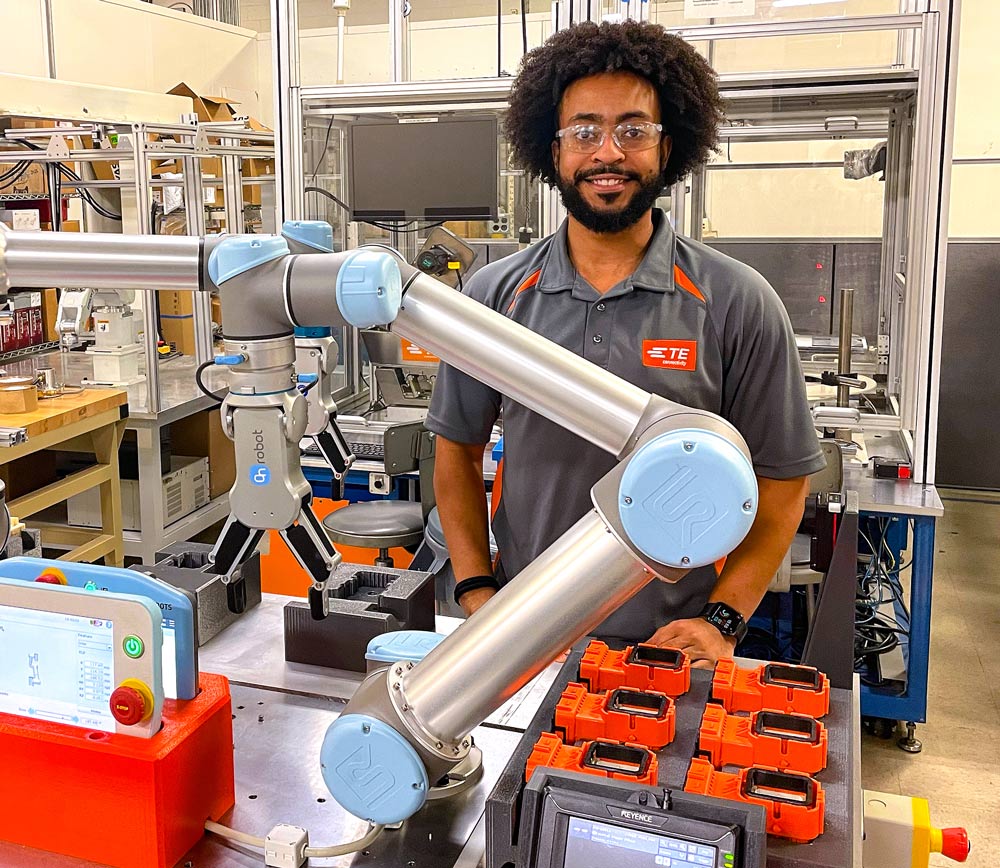
PROFILE
A Major in Action
As a senior business consultant in the innovation and experience design group at EY US, Garfinkel is a strategist focused on improving the experience a customer or employee has with a brand. She brings creativity and attention to each project, focusing on trends, technologies and business markets. Through it all, she keeps her sights firmly set on all things human-centered — a passion she developed studying markets, innovation & design (MIDE) at Bucknell.
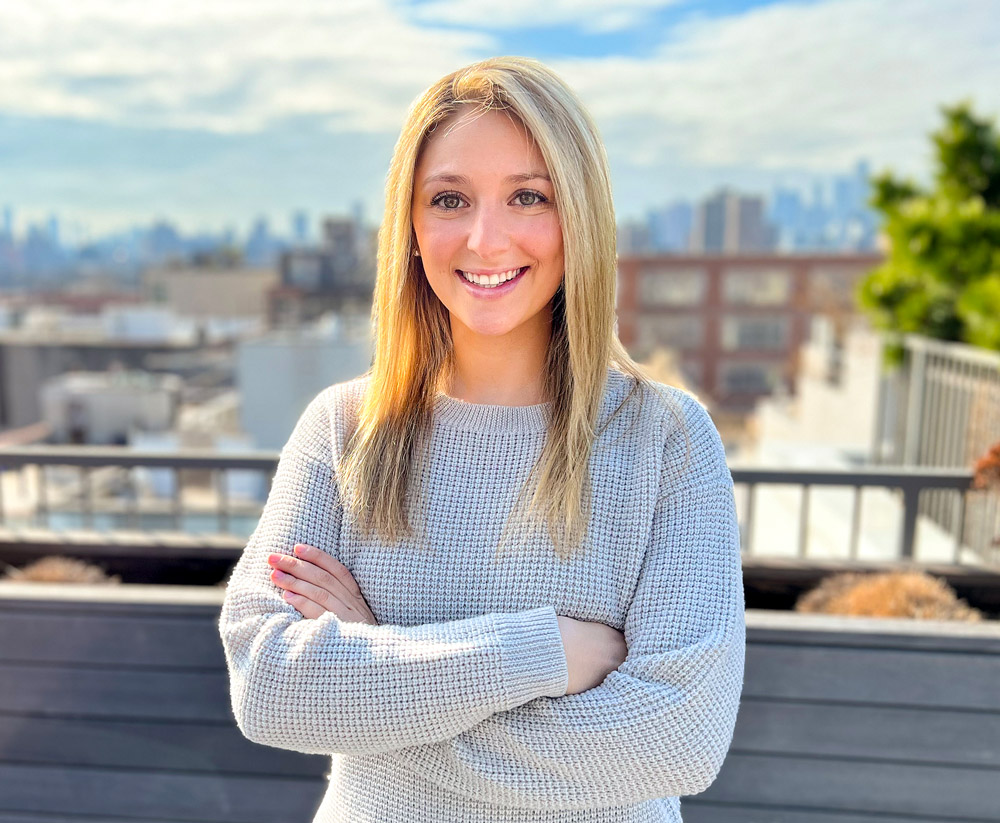
IN MEMORIAM
1943
Virginia “Jinny” McCabe, Jan. 30, 2022, Fuquay-Varina, N.C.
Elaine Newbergh Samuels, Jan. 26, 2022, Miami, FL.
1944
1946
Louise Hazeltine, Sept. 29, Dallas, Pa.
1947
Duke Landew P’74, Nov. 14, Eden Prairie, Minn.
1948
Meade Abbott, Sept. 26, Arvada, Colo.
Wells “Pete” Colby, Oct. 4, Stauton, Va.
Arthur Harriman, Dec. 2, Stillwater, Okla.
Gertrude Vogel Graham G’21, G’24, Jan. 18, Tucson, Ariz.
1949
Laurie Petschow Fitchett P’71, Oct. 9, Green Brook, N.J.
Roy Jackman, Oct. 24, Glen Allen, Va.
Peg Holloway Manchester, Oct. 27, Ambler, Pa.
Andrew Olson, Sept. 6, Saranac, Mich.
1950
Ralph Dreese, March 30, 2022, Mifflinburg, Pa.
Betsy Koch Summer, Oct. 13, Chapel Hill, N.C.
1951
Bob Babbitt, Dec. 8, Delmar, N.Y.
Jack Henderson, Dec. 23, Davidson, N.C.
Hal Miller, Nov. 5, Lansdale, Pa.
Dorothy “Dottie” Clark Parish, Dec. 20, Mason, Ohio
Barbie Lewis Shaw, Oct. 13, Edgewater, Fla.
Rev. James Hammerlee
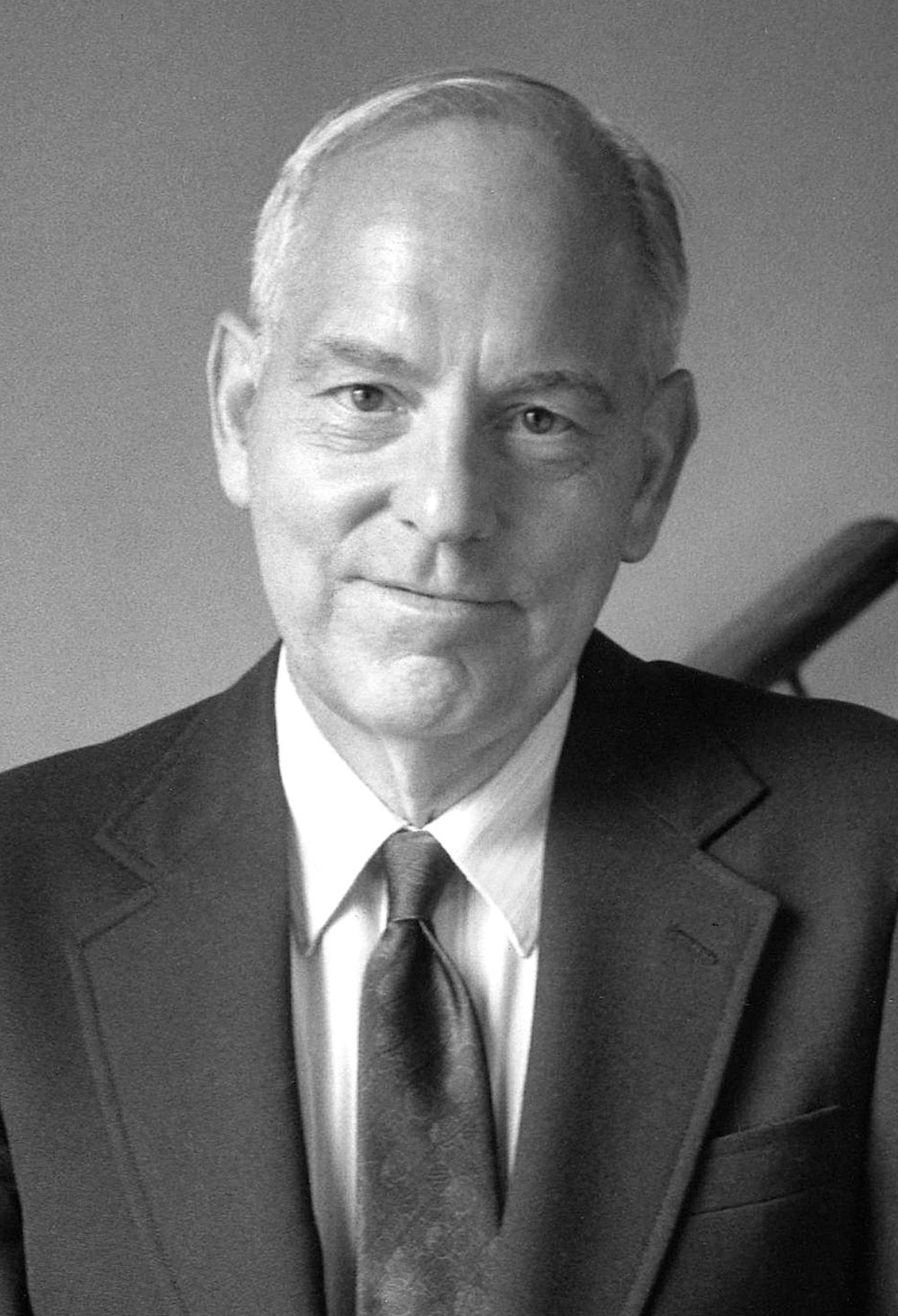
Photo: Special Collections/University Archives
In 1966, Hammerlee began a prolific 26-year career at Bucknell. Over the course of his tenure, he served as executive secretary of the Christian Association (CA); adviser to international students; director of student activities and the University Center; coordinator of cultural events and summer conferences; director of the Weis Center for the Performing Arts; University chaplain; and assistant to the president. He received the Burma-Bucknell Bowl Award in 1978 in recognition of his outstanding contributions.
As a pastor, Hammerlee officiated many Bucknell weddings, including Jim Morrell ’74 and Karen Olsson Morrell ’74, who established a scholarship in Hammerlee’s honor in 2000. The Morrells developed such a lasting relationship with Hammerlee that both of their daughters (including Katherine Morrell Munneke ’04, who married Ryan Munneke ’04) requested he officiate their weddings.
“Jim always had his door open and a pot of coffee going,” Karen says. “He was welcoming, enthusiastic and positive, so you just wanted to spend time with him and get on board with whatever he was doing. He and his wife, Betty, always invited students into their home. After we graduated, we kept in touch with them and visited regularly. He was part of some of the most special occasions of our lives.”
Virginia ‘Ginny’ Moriarty P’79, P’86, P’94, G’11, G’19
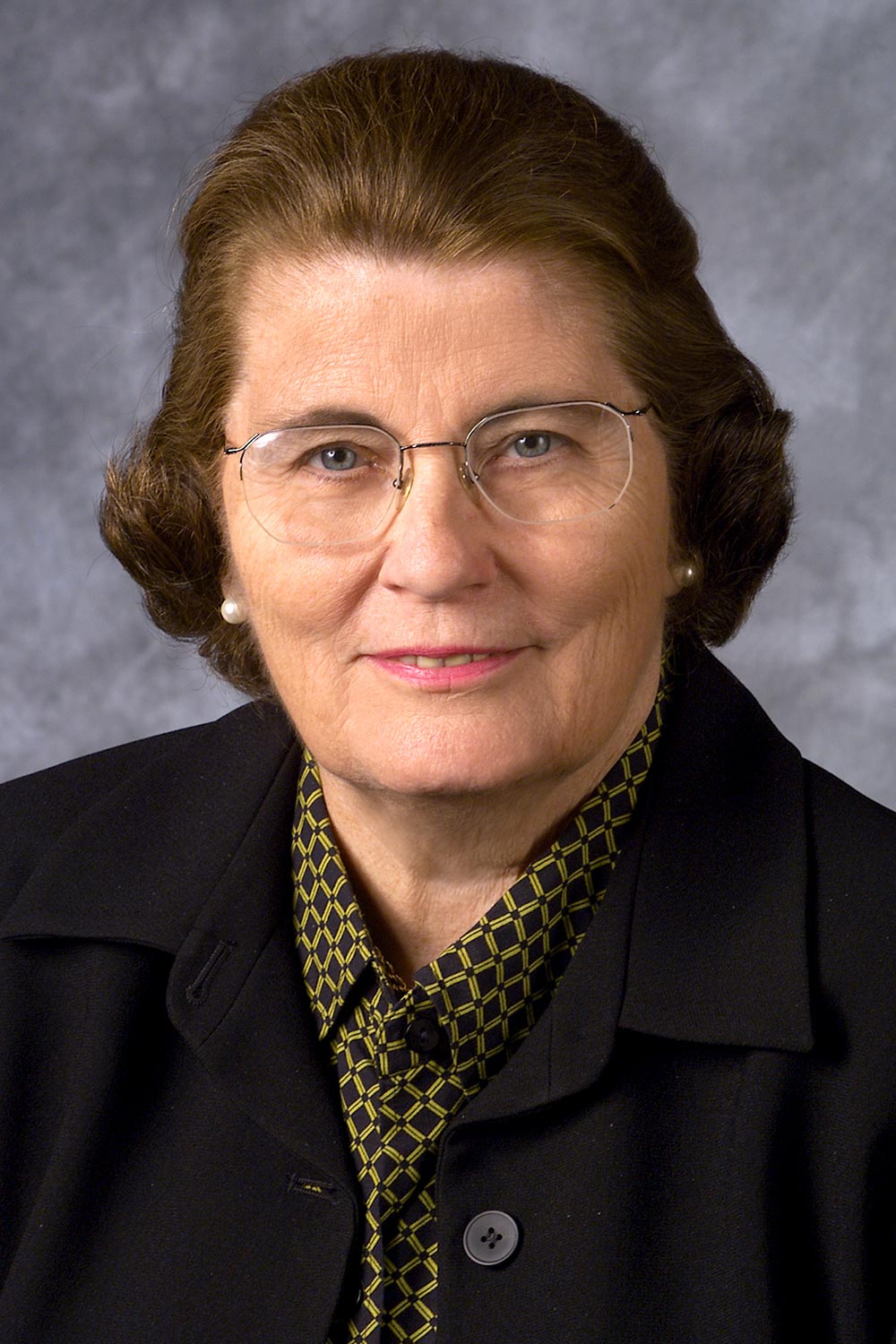
Photo: Special Collections/University Archives
She and her husband, Edmond N. Moriarty Jr., served as University trustees — Ed from 1984 to 1997, and Ginny from 1999 to 2002, when she was named a trustee emerita. During her years of service, Ginny provided insight and counsel as a member of trustee committees on Complementary Activities, Educational Policy, Greek Affairs and University Relations.
After she graduated from Syracuse University in 1951, Ginny worked as a home economist for General Foods. She met Ed in 1956, and they began building a life together that would include seven children, 17 grandchildren and five great-grandchildren. She and Ed were married for 41 years when he passed away in 1997.
Although neither Ginny nor Ed attended Bucknell, they developed a deep affection for the University while three of their children — Kathleen Moriarty Skiff ’79, Patricia “Trish” Moriarty Parisi ’86 and J.D. Moriarty ’94 — were students. After Ed’s passing, Ginny and her children organized a family foundation that supports charitable and academic institutions, including Bucknell.
The Moriarty Investment Center was dedicated in 2001, first residing in Taylor Hall. In 2021, the investment center found a new home with the opening of Holmes Hall, where it continues to enhance learning opportunities for all students, particularly those in the Freeman College of Management. This state-of-the-art facility provides Bucknell students in-depth experience with leading technology and software used by investment professionals.
DO
Nominate a Bucknellian
Mark Your Calendar
From student performances and shows to affinity gatherings, the tailgate and Homecoming football game, there will be no shortage of reasons to ’ray.
Get Career Coaching
Answer This:
FOLLOW US ON FACEBOOK TO SUBMIT YOUR ANSWER
Crowdsourced
What is Your Favorite Spring Memory of Bucknell?
Tune In
Commencement
BizPitch Competition
Witty Winners
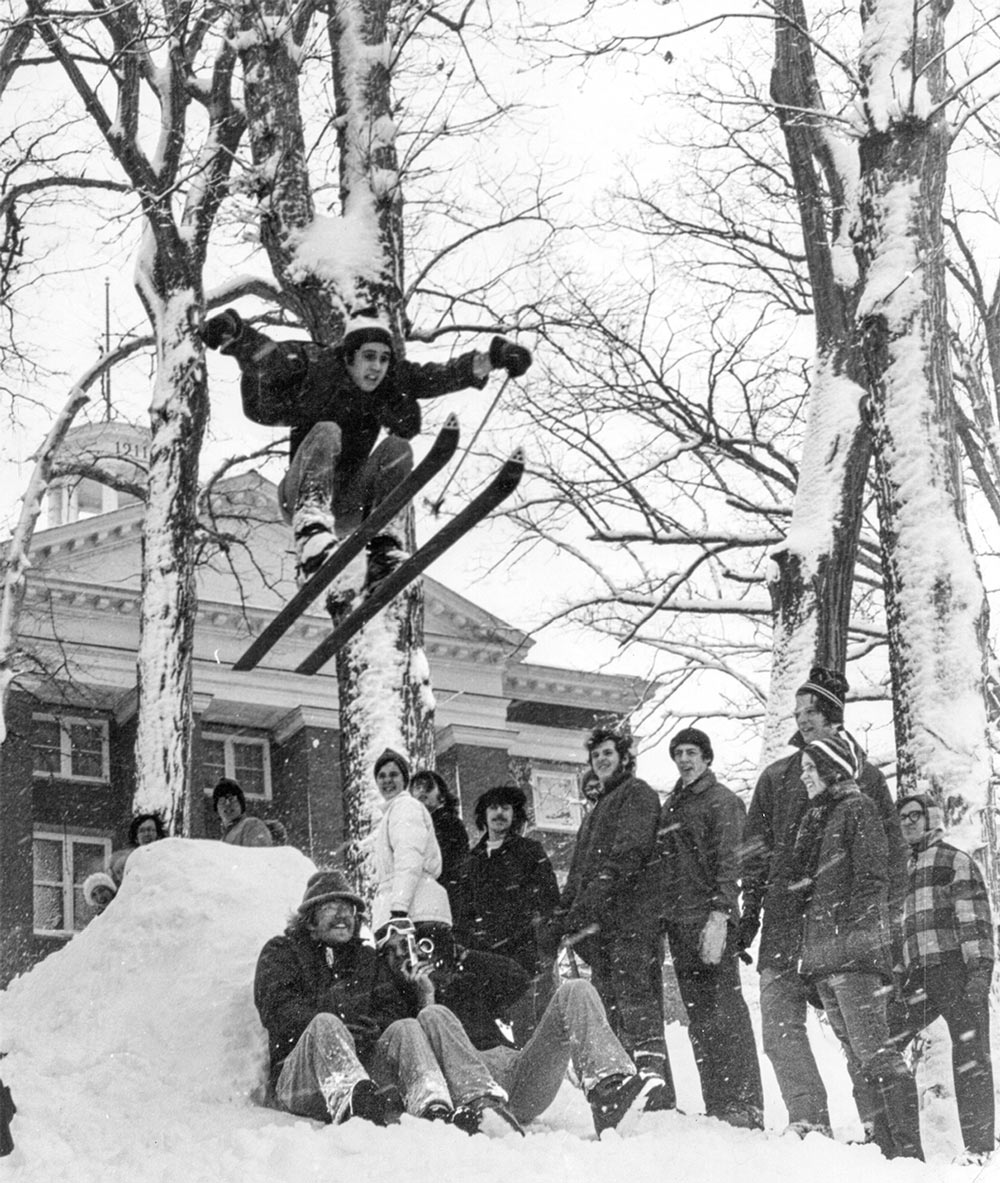


I grew up skiing in New England. I’ve been a skier since I was 6 years old. Ironically, I didn’t really ski much in Pennsylvania, but during Bucknell’s winter break, I’d go to Vermont and work at Stratton Mountain so I could ski for free. This must have been right after winter break, and I still had my skis with me.
This was a spur-of-the-moment kind of thing — there wasn’t a big plan. I remember it was a really good-sized ramp, and there were probably about eight to 10 of us who took turns going off it. I had pledged at Kappa Sig and recall there were lots of skiers there. Looking at the picture, I see a number of frat brothers present. I seem to recall Bill Lundgren ’75 helped build the jump. Also in the photo are Dennis Lanzoni ’74, Alan Dorman ’74, and my first roommate, Rand Johnson ’75. (Rand passed away last summer.) We were all trying to outdo each other, as guys do. In this photo, I’m catching a “surprising” amount of air.
My caption suggestion reflects how I’d been feeling about graduation. It was a crazy time. I was initially a history and economics double-major. Then I got drafted to serve in Vietnam. I remember we had a big party, and my number was the second to get pulled out of the hat. There weren’t college deferments then, so I started training with Bucknell’s ROTC. Fortunately, I didn’t have to go to Vietnam, but the whole ordeal made it a chaotic time.
Then my priorities shifted. I wasn’t really excited about history or economics, and during my junior year, I decided I wanted to go completely into art. So I graduated with a history degree and a partial arts degree. At the time, it was anxiety provoking, to say the least.
It’s worked out. Somehow I survived and have been a professional artist since leaving Bucknell. I’ve traveled the world and lived in London, Australia, Maine, New York, Colorado, California and New Mexico. Currently, I live in Nazareth, Pa., after being a visiting artist with C.F. Martin Guitar Company. Today, you’re more likely to find me mountain biking or kayaking than skiing, but it’s a fantastic memory and a hysterical photo, and I’m grateful for the memories.

Submit your caption for the retro photo on page 61 to bmagazine@bucknell.edu or facebook.com/bucknellu by May 12.

Image: Adapted from Envato

See for Yourself
by Brooke Thames
This past fall, 12 new videos were added to the collection, as well as Spanish-language captions and transcripts for the full tour, rounding out the virtual experience as a complete and inclusive look at what being a Bucknellian is all about — from the food to the clubs to the endless avenues for academic and artistic discovery.
Accessible by clicking or tapping on a marker on the map, the virtual tour’s fresh video content features real students walking viewers through innovative learning and living spaces across the University. Step inside an active chemistry lab in the Rooke Science Center. See the view from center stage at the Weis Center for the Performing Arts and Harvey M. Powers Theatre. Or scope out the cardio stations, weight machines and Olympic-sized pool in the Kenneth G. Langone Athletics & Recreation Center.
photograph by Emily Paine
